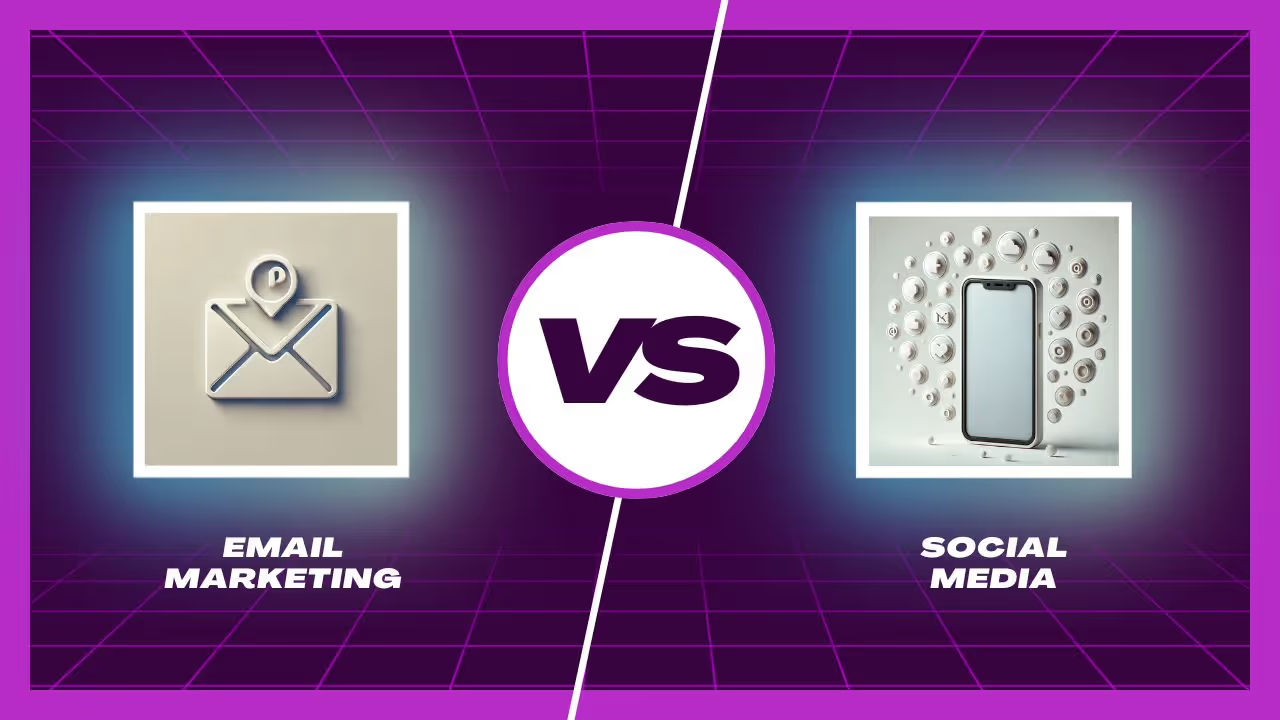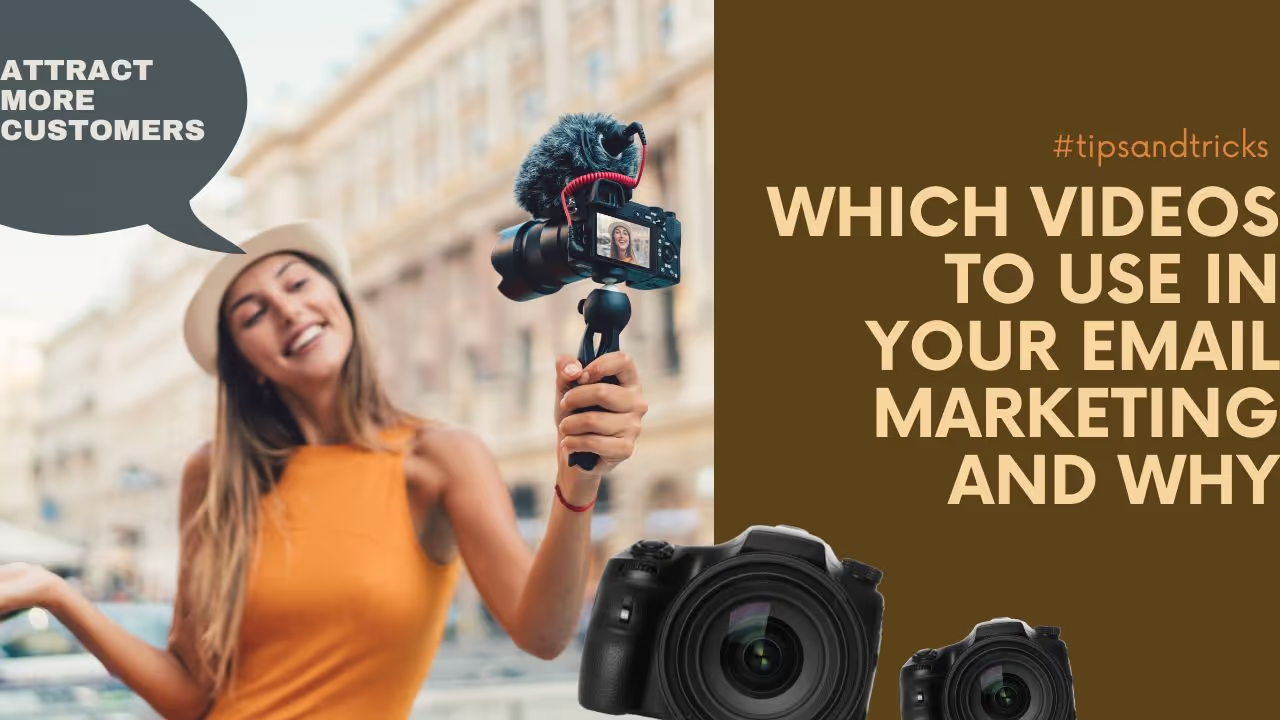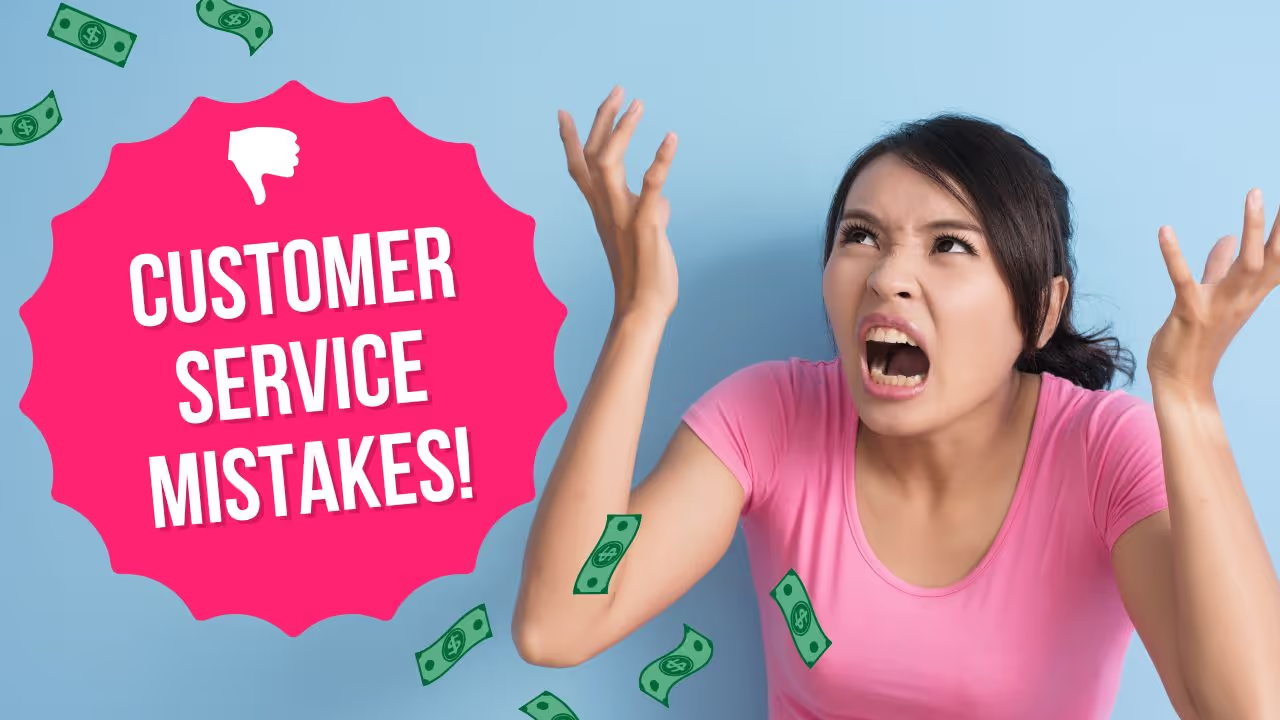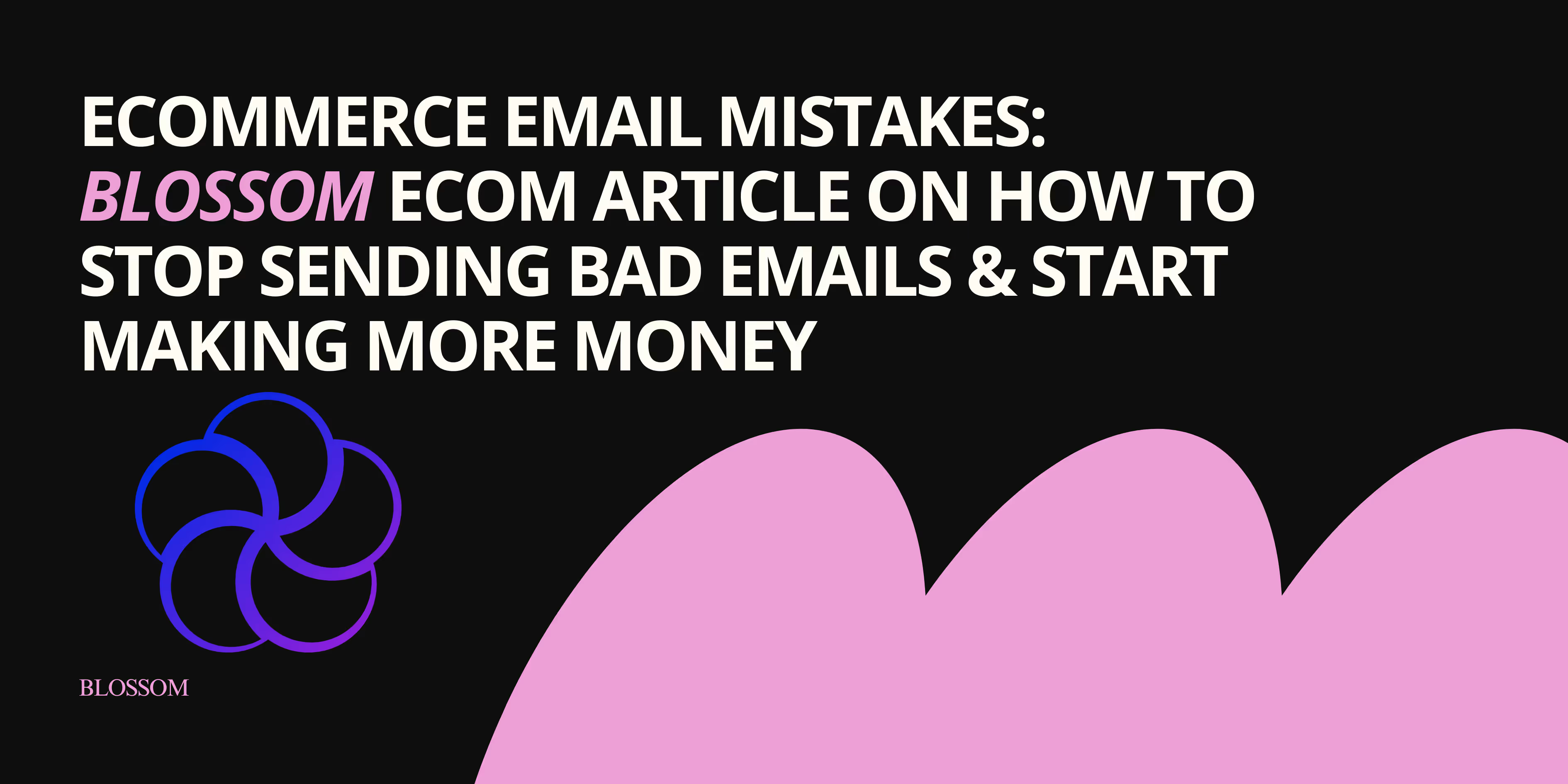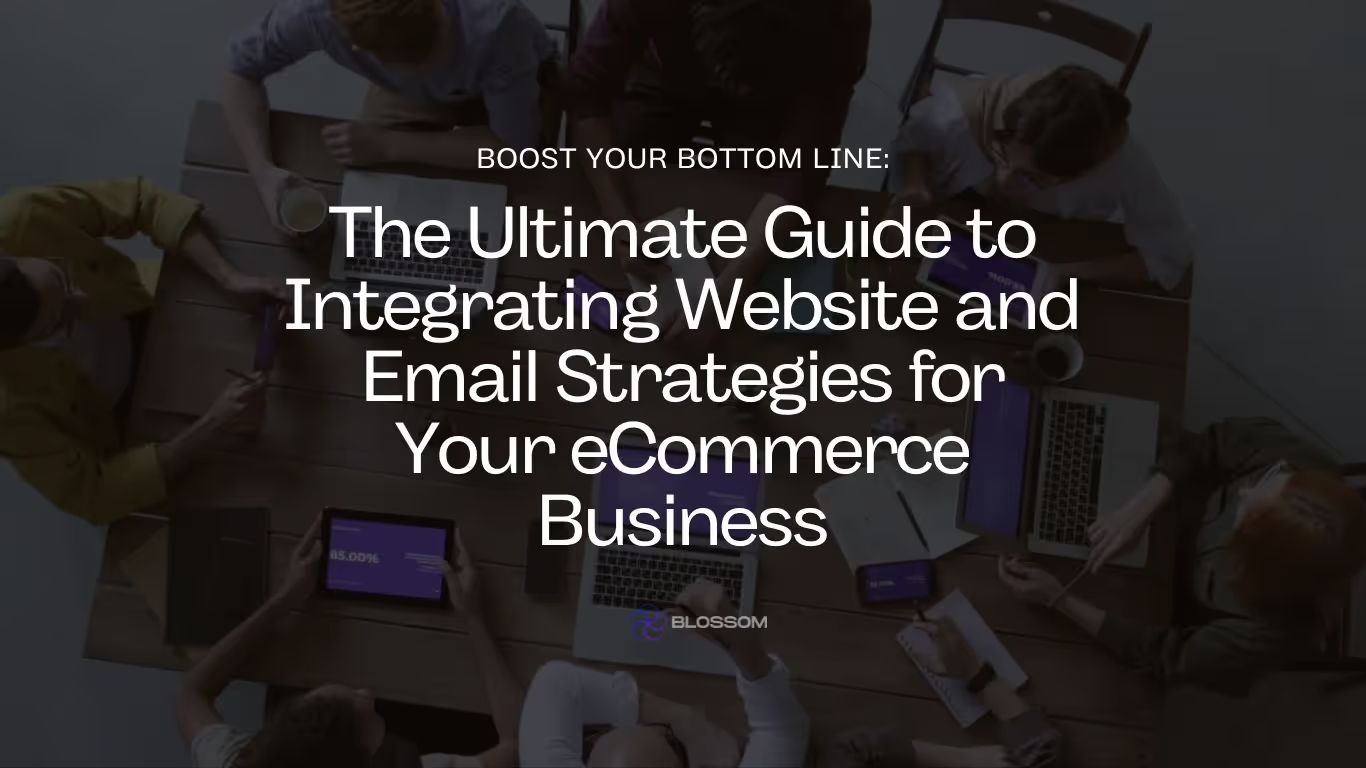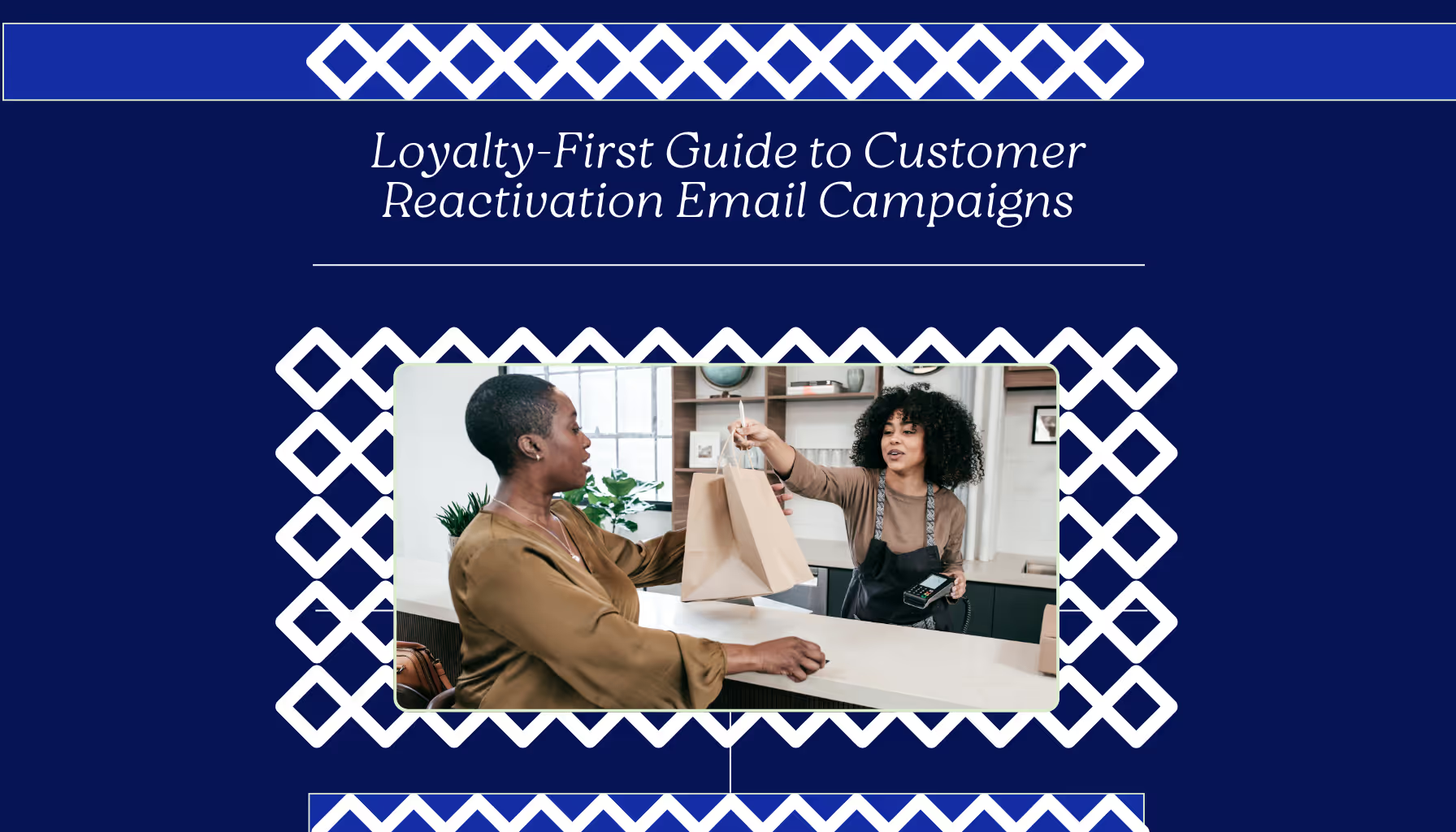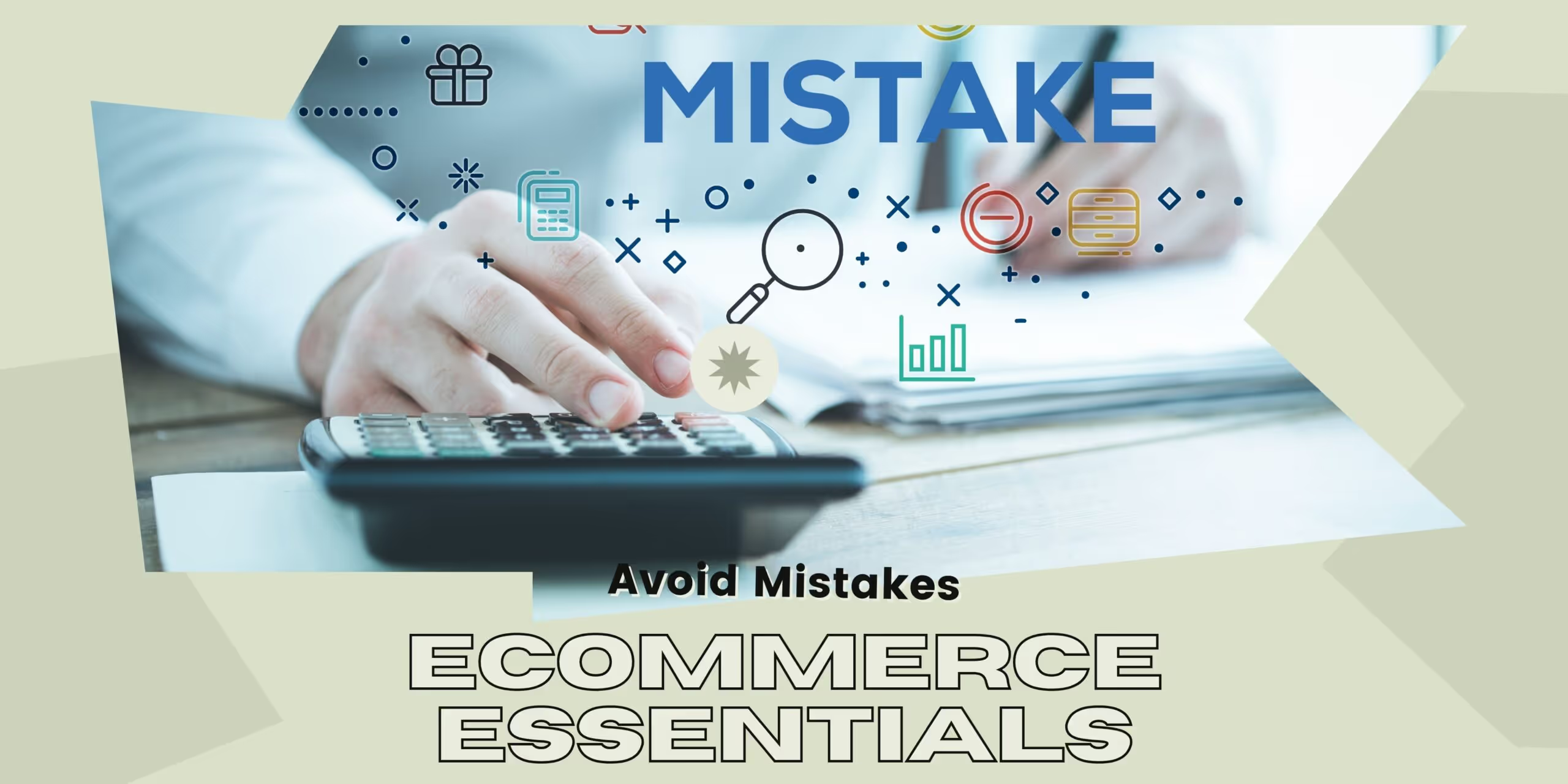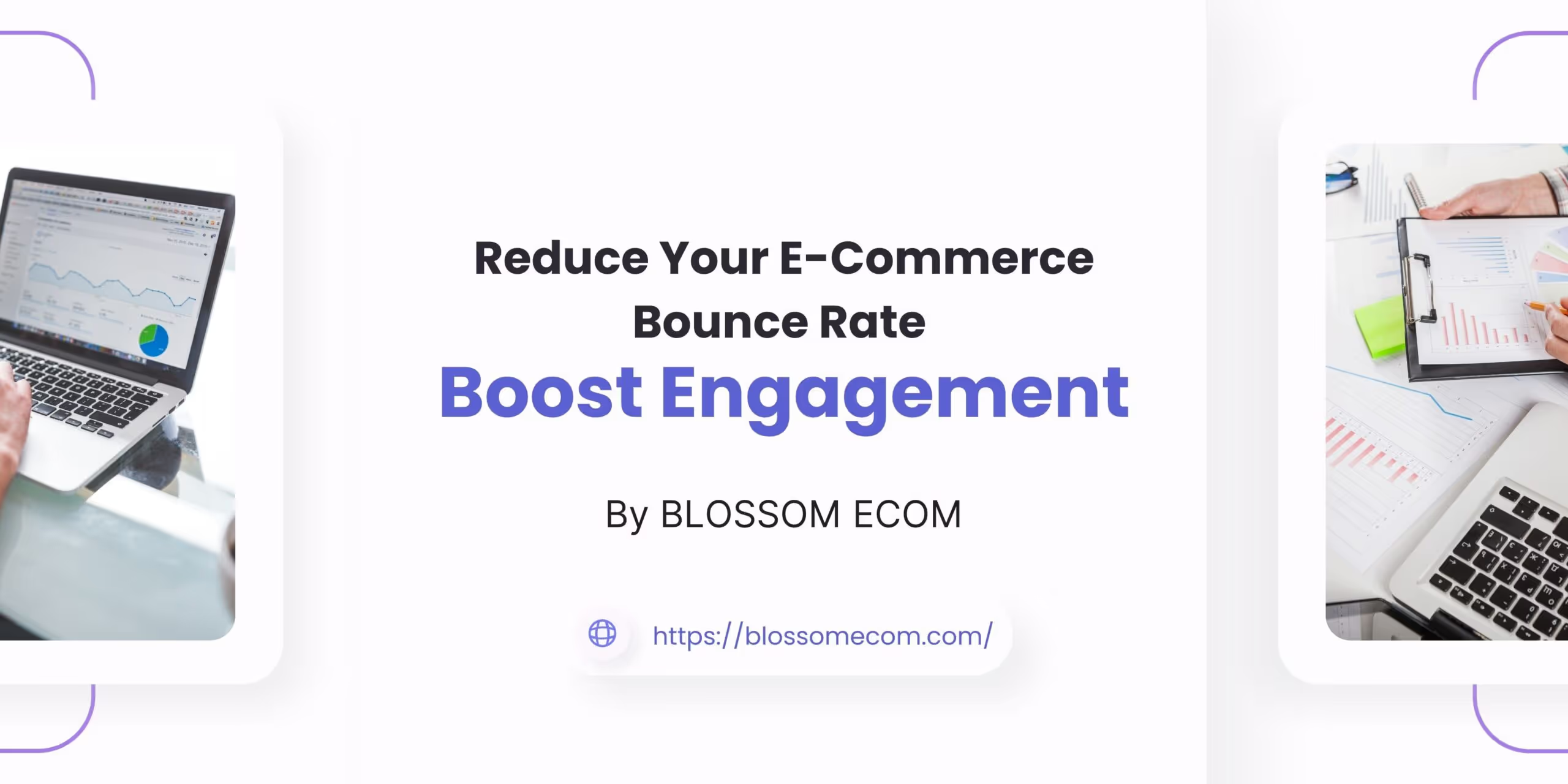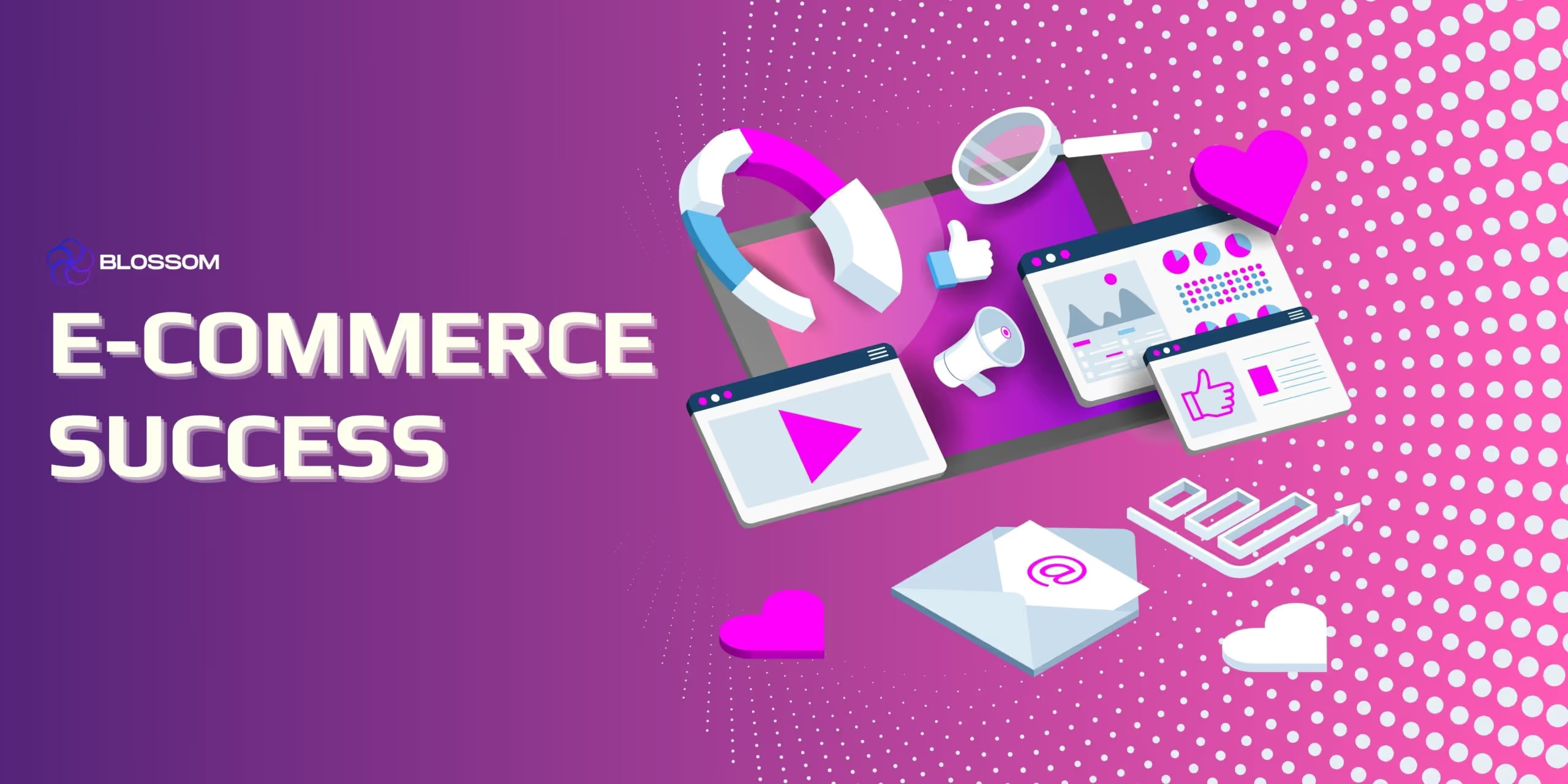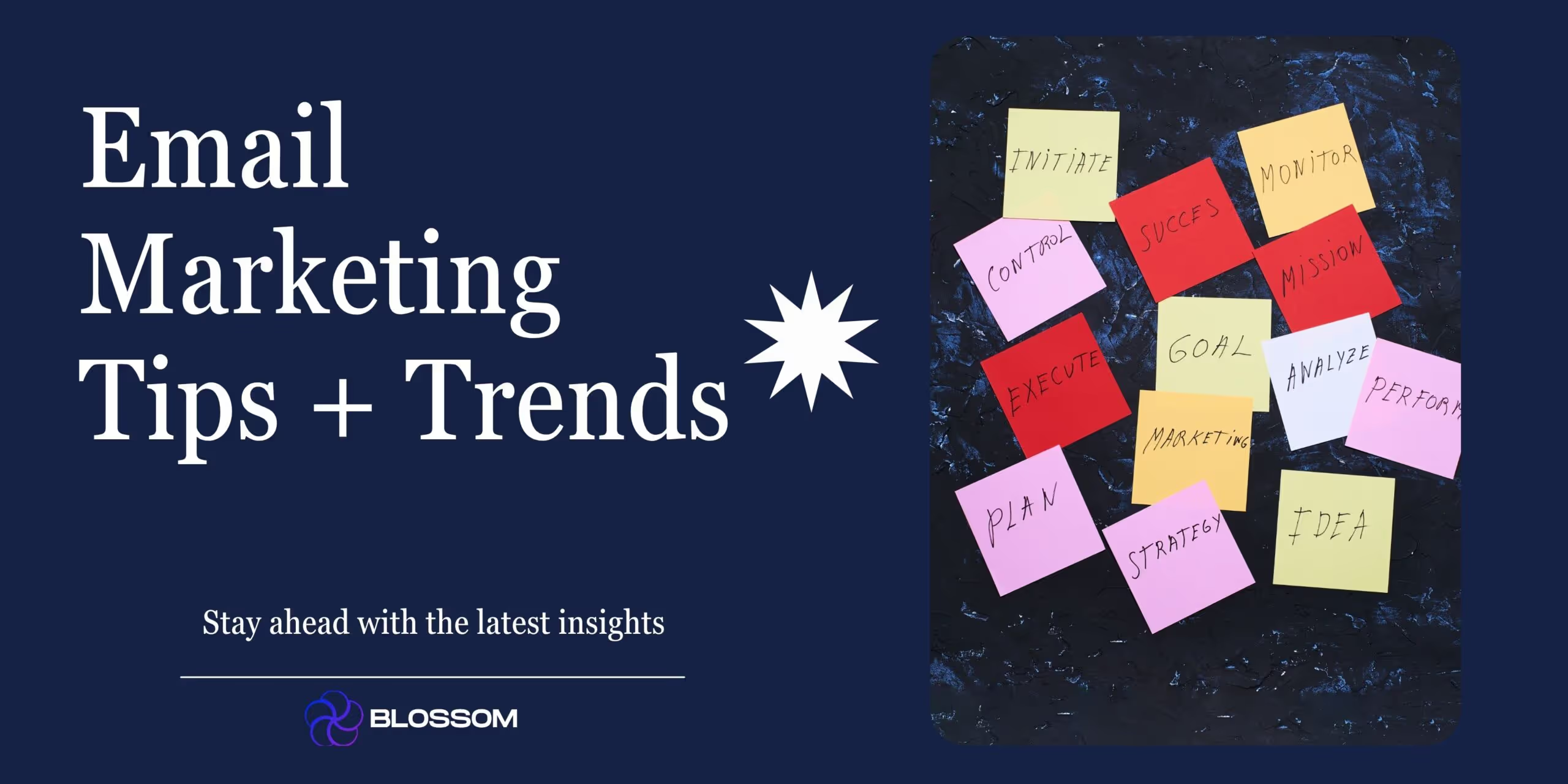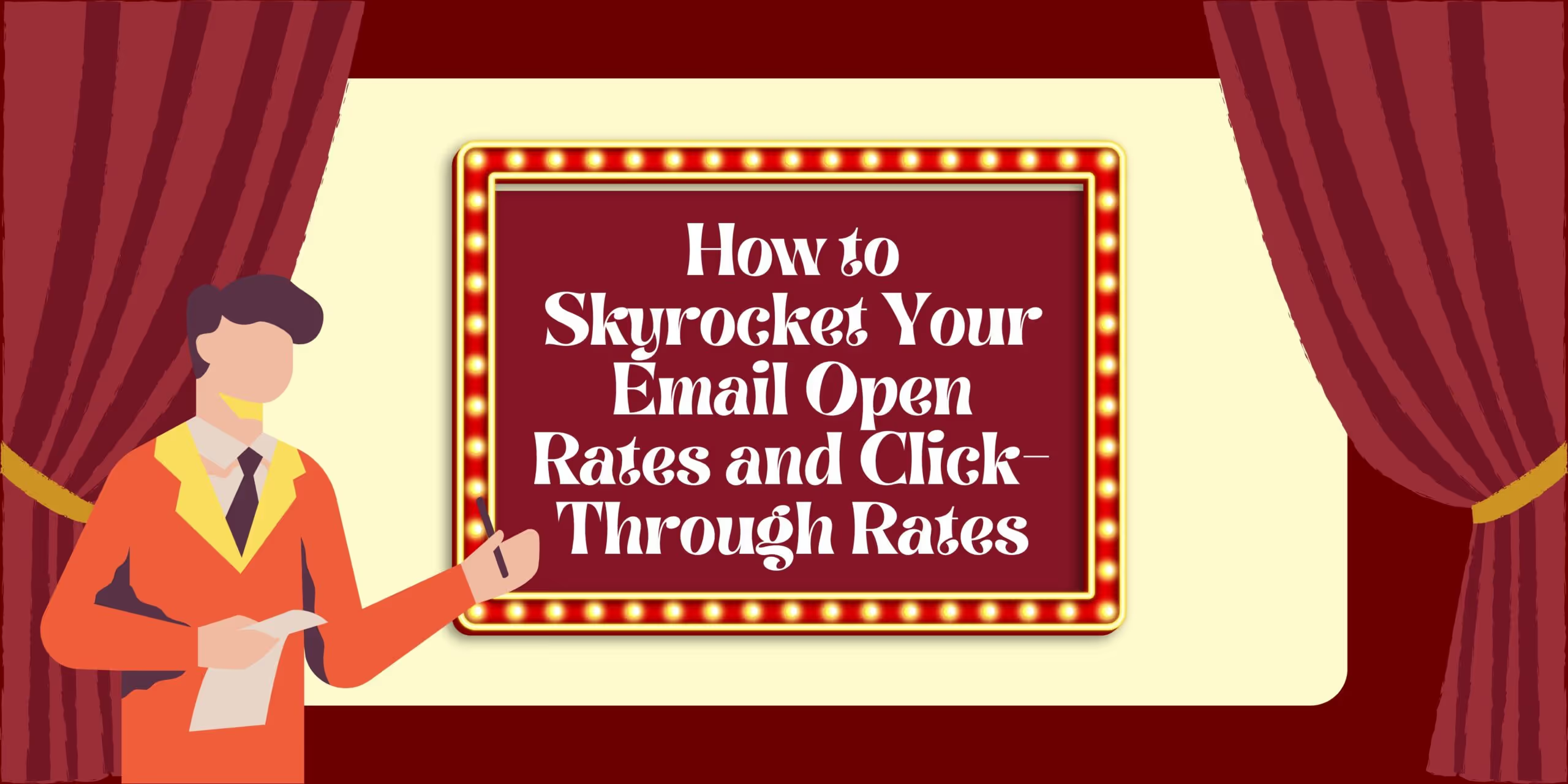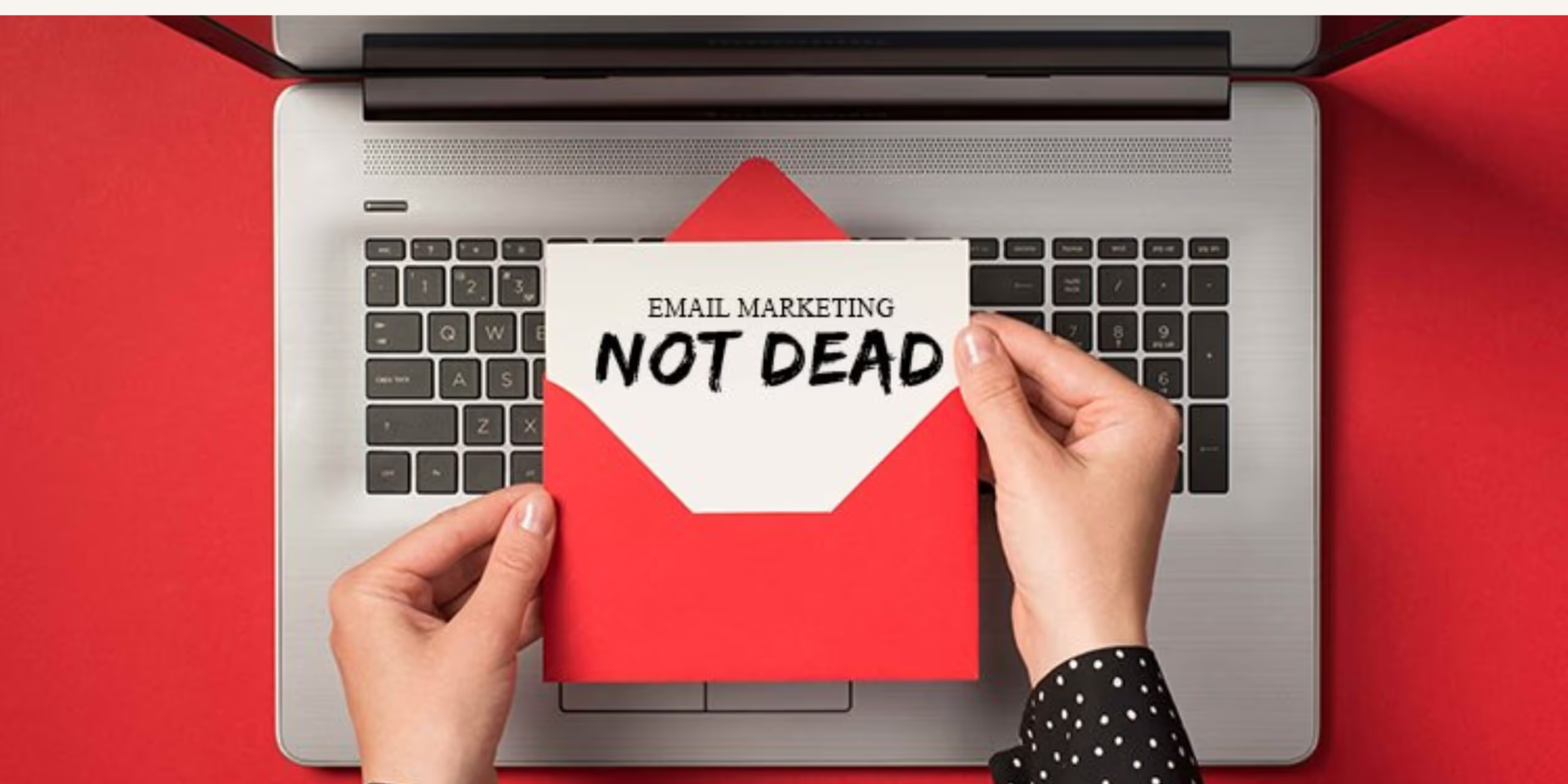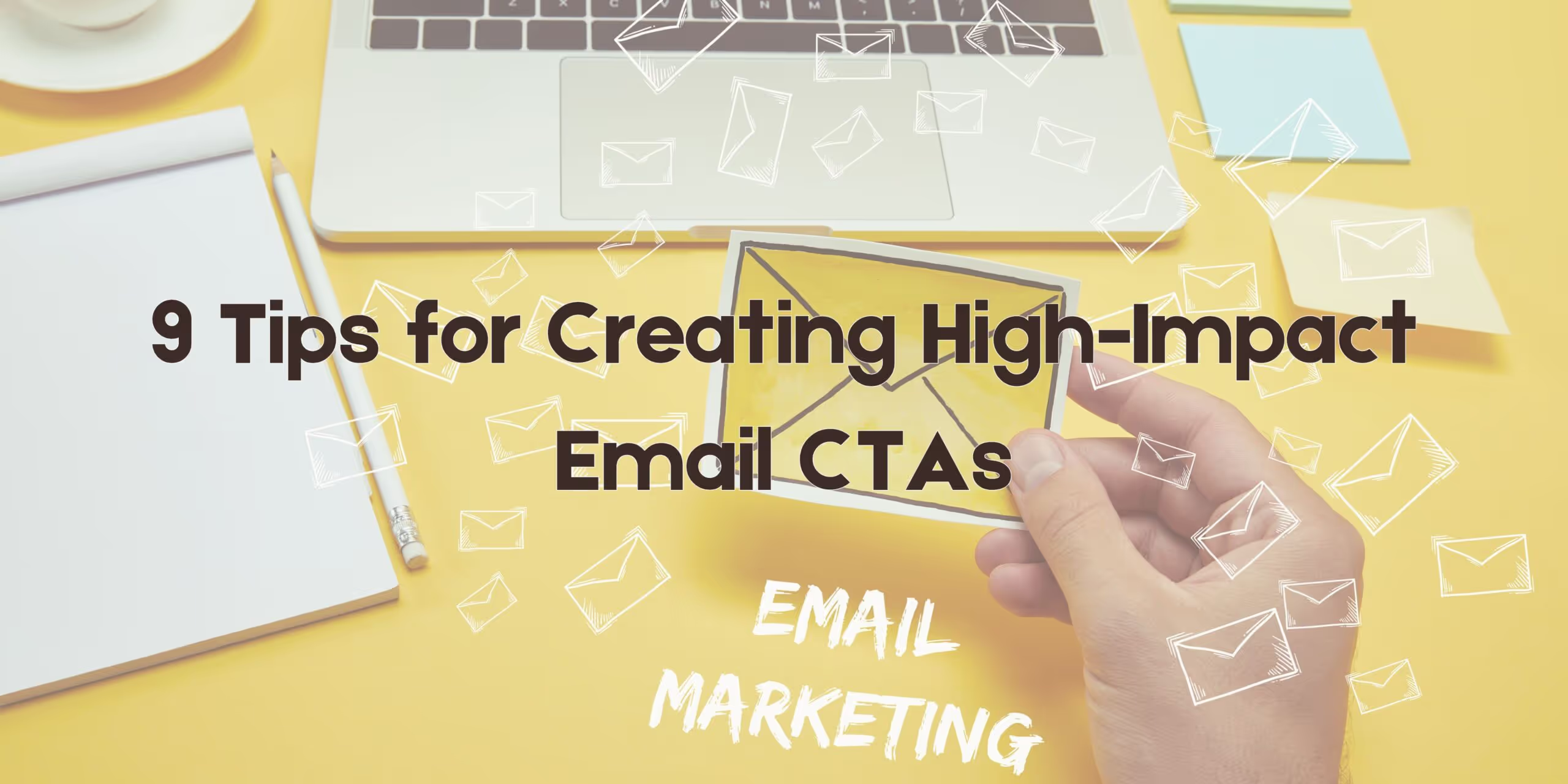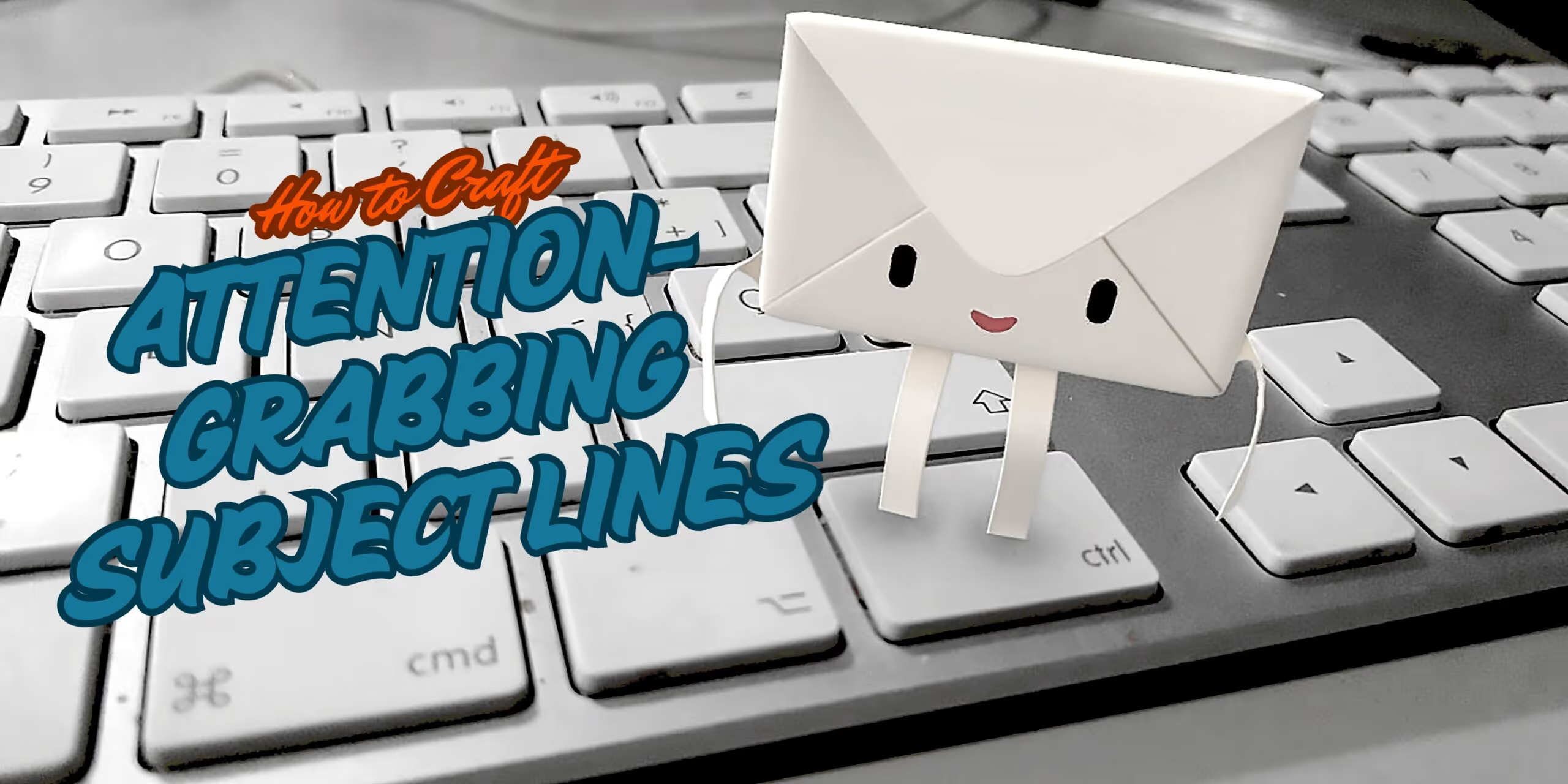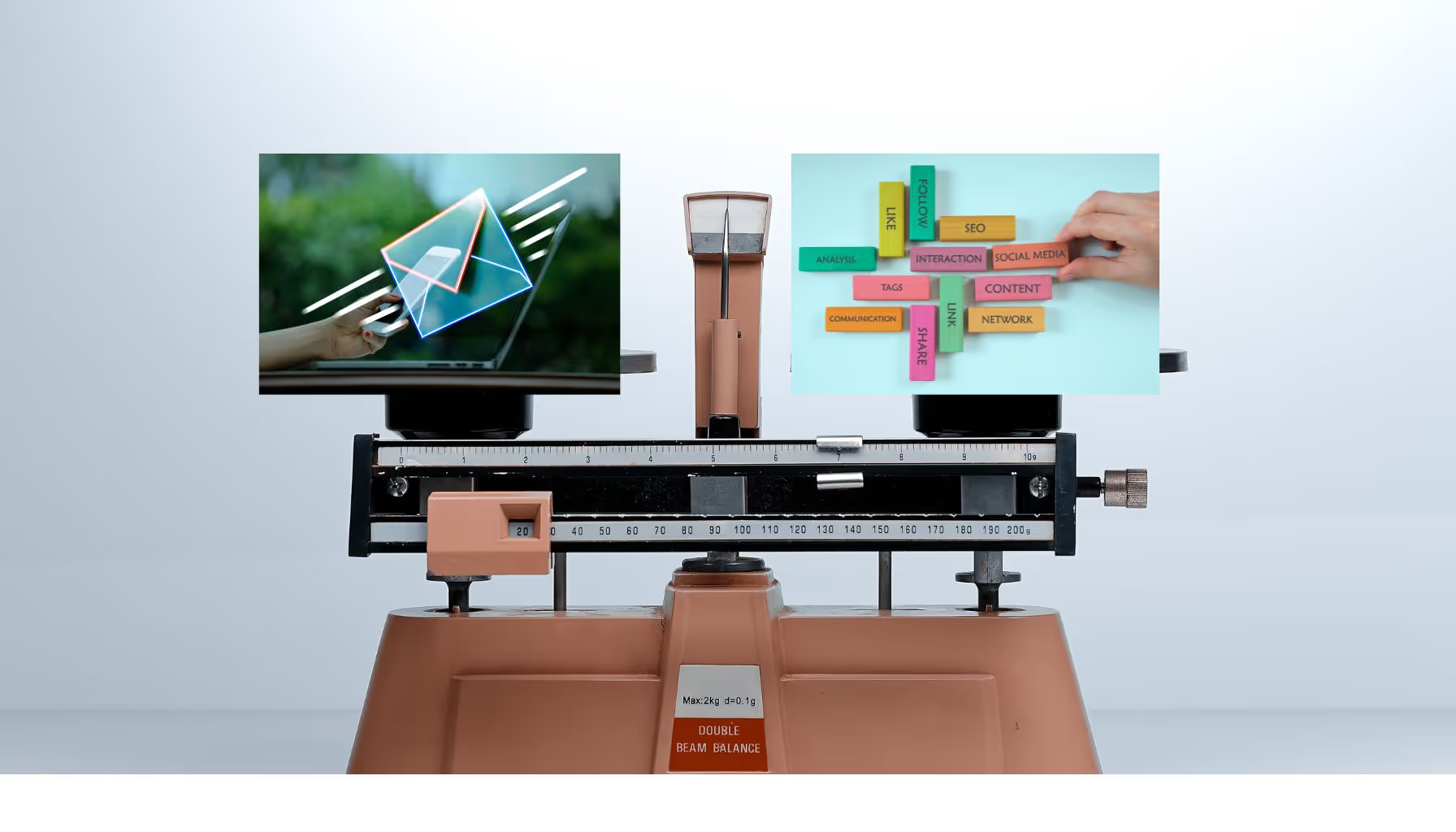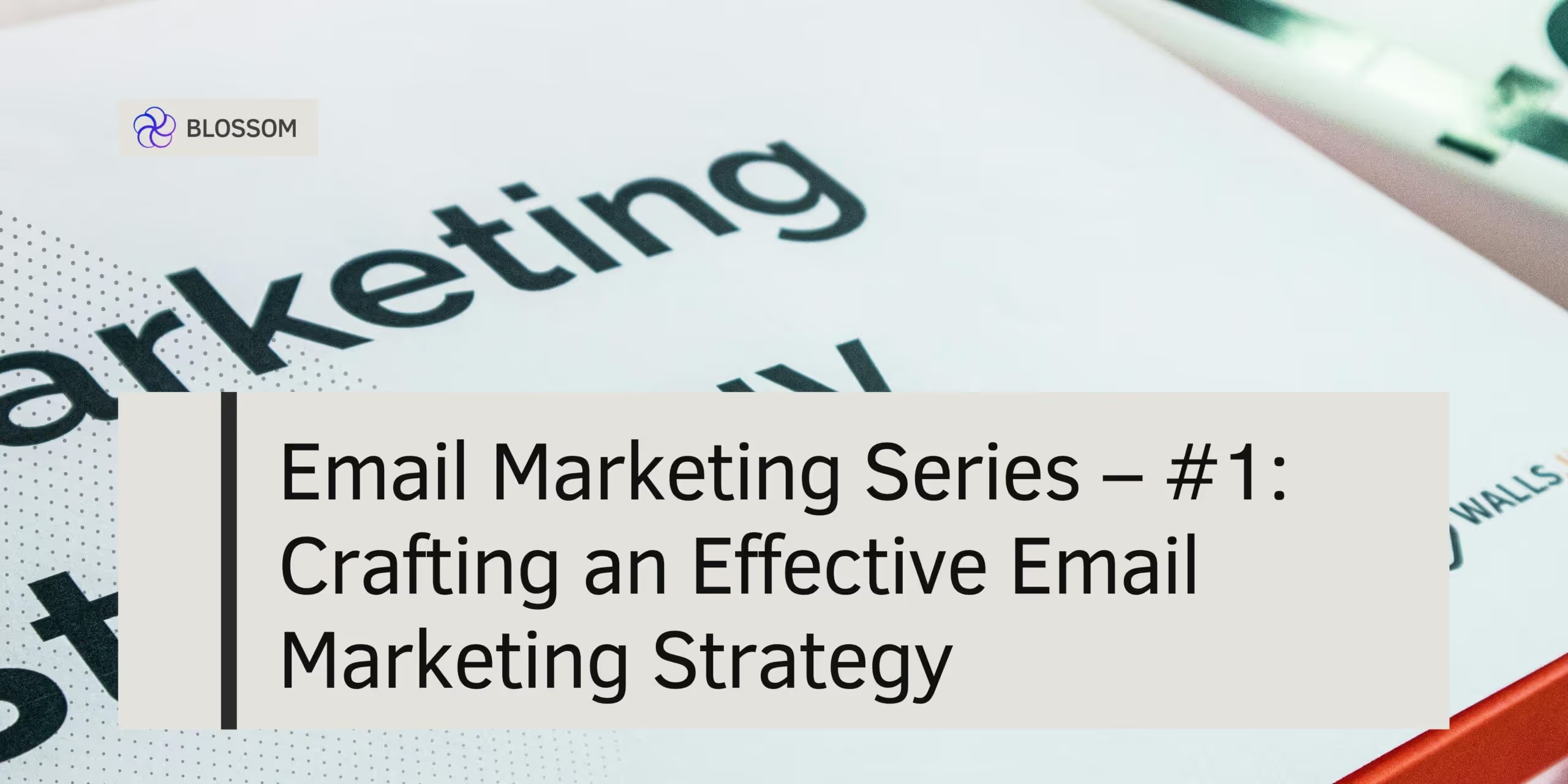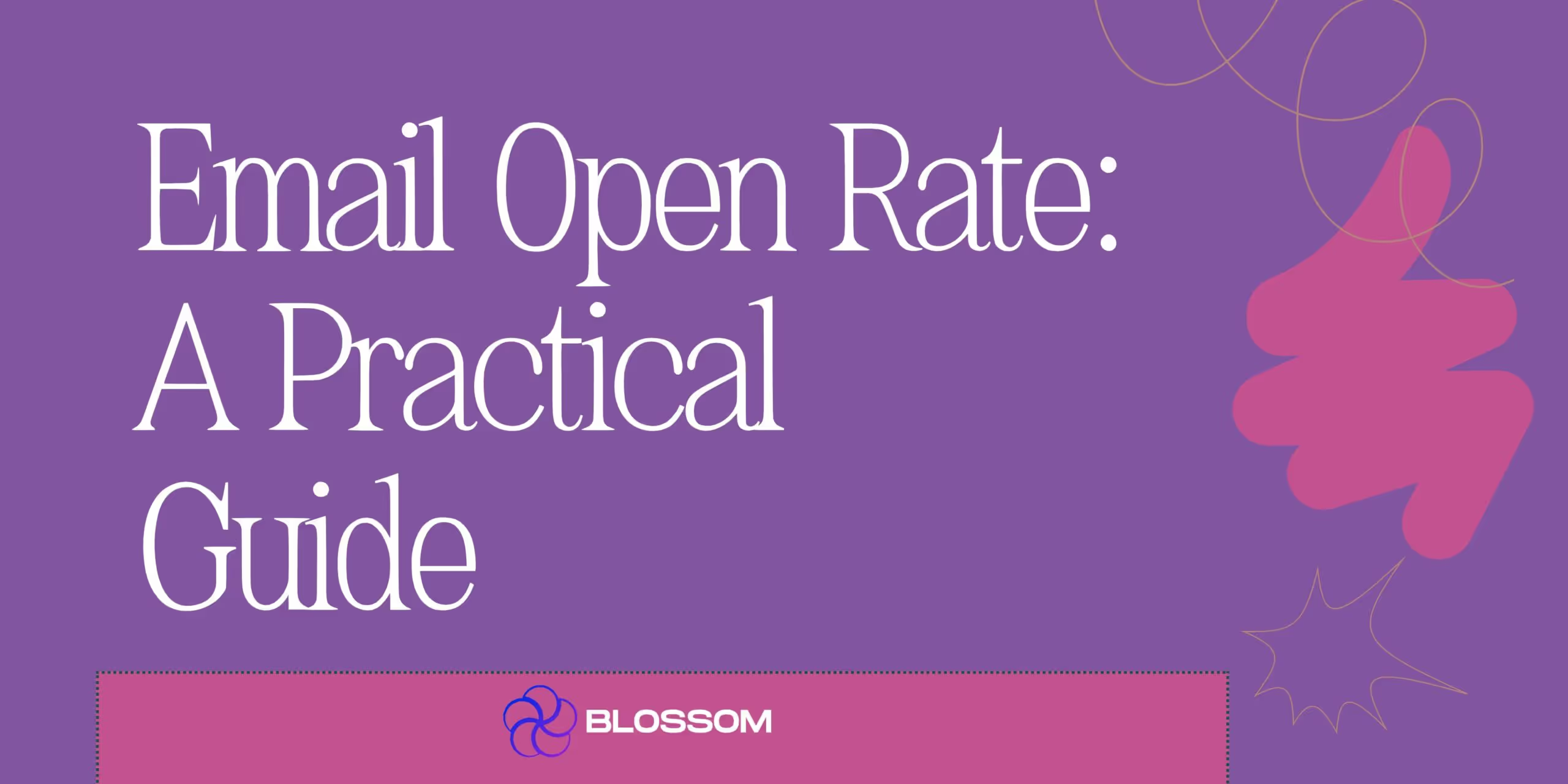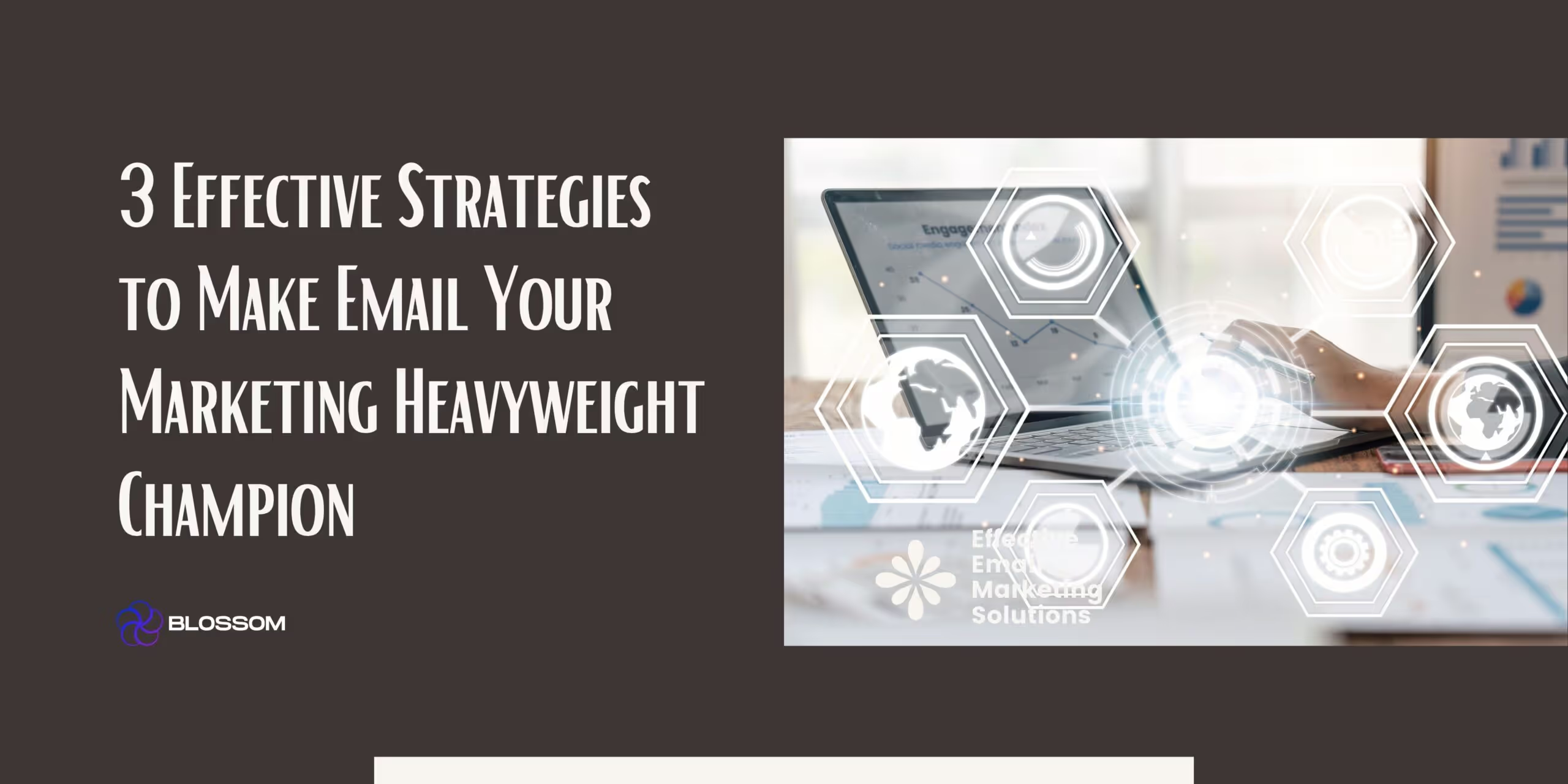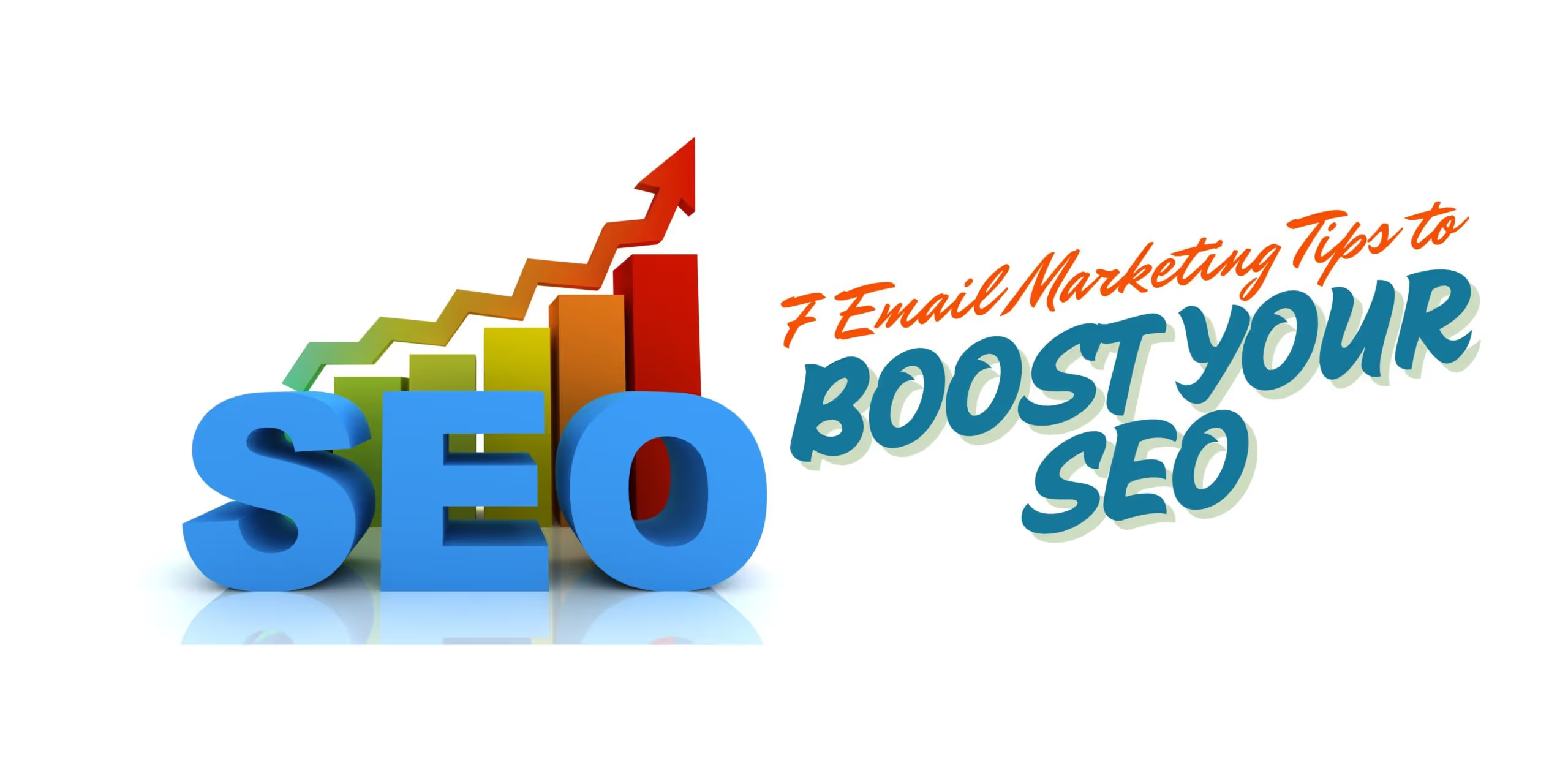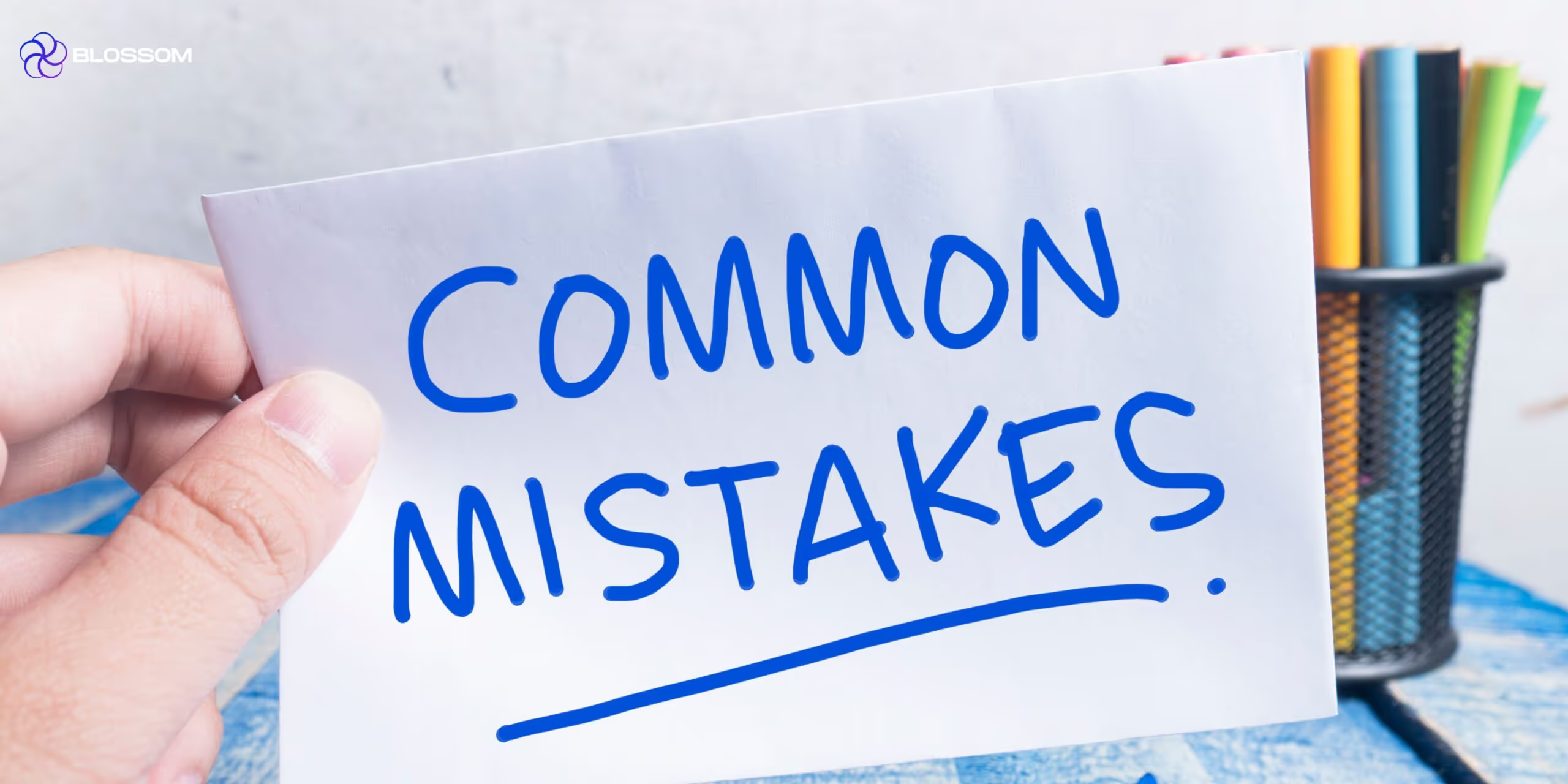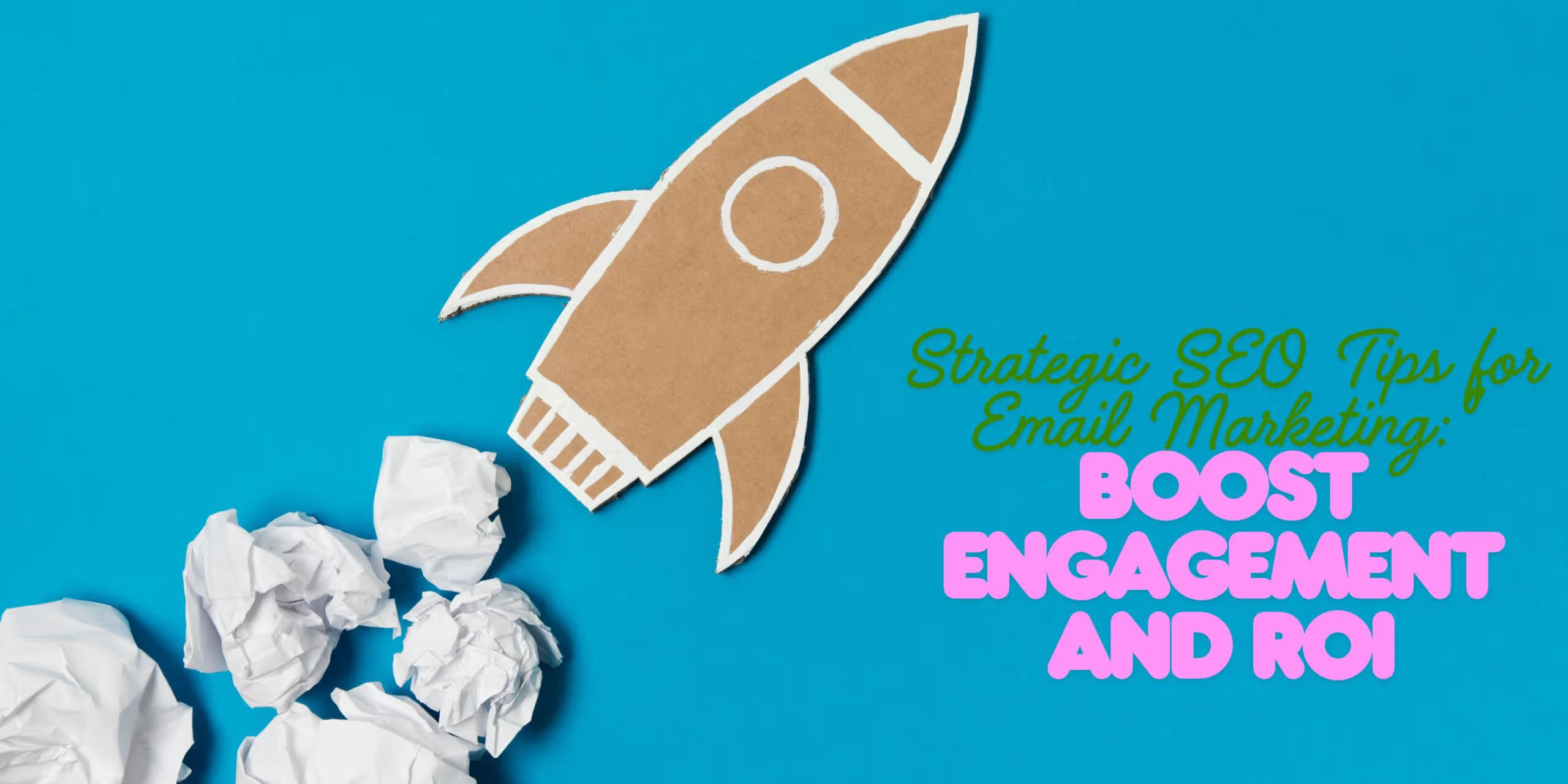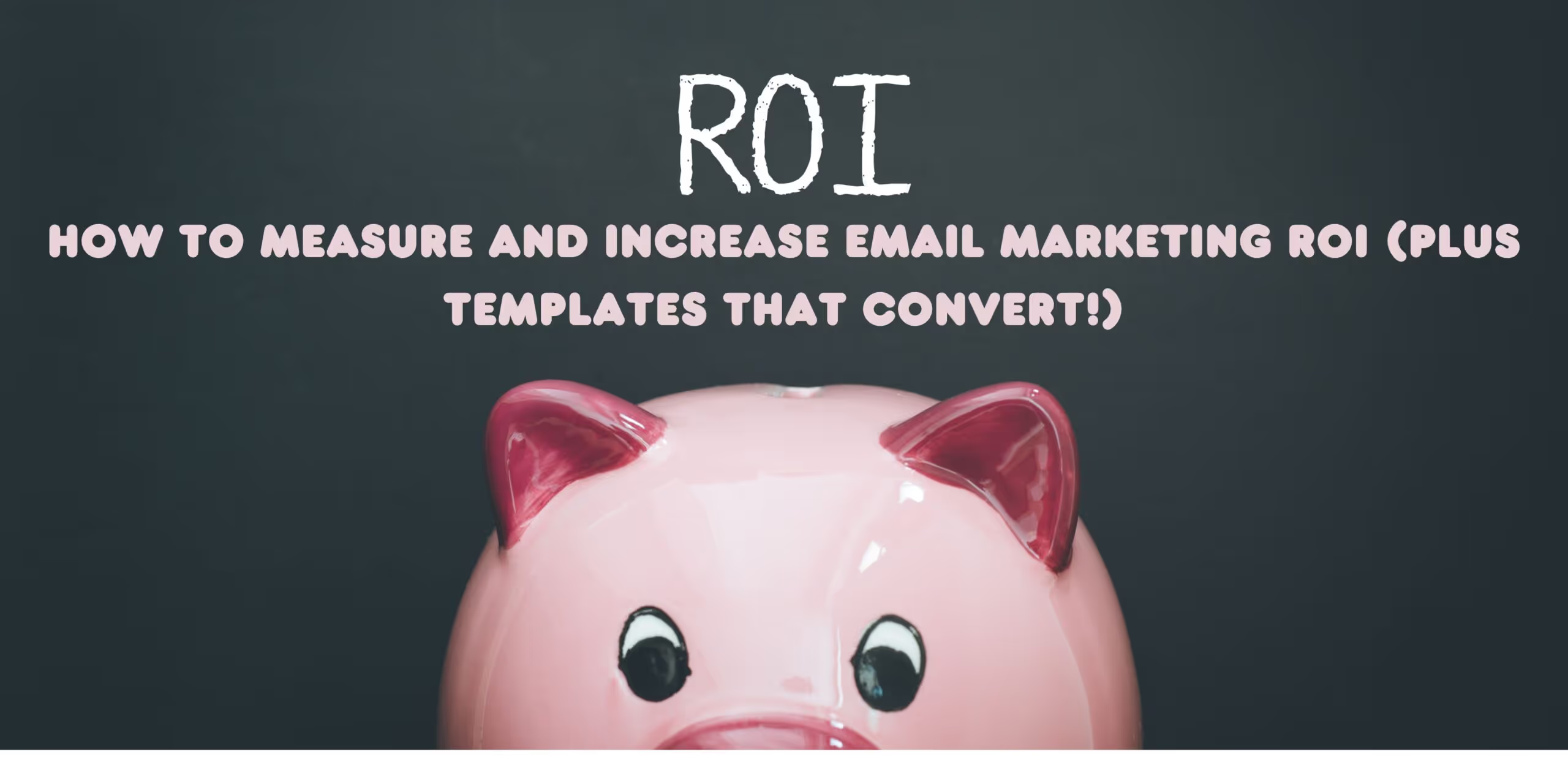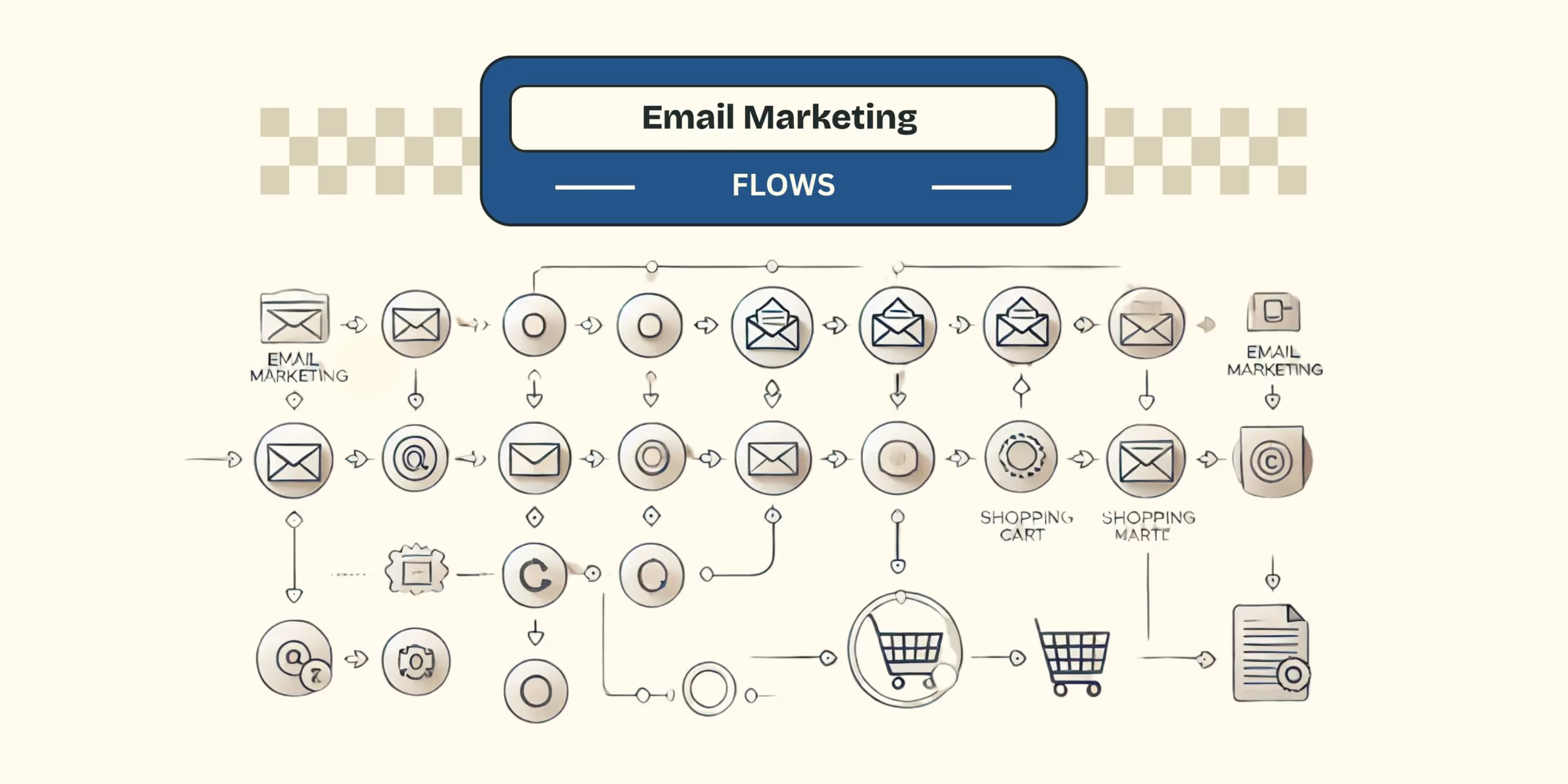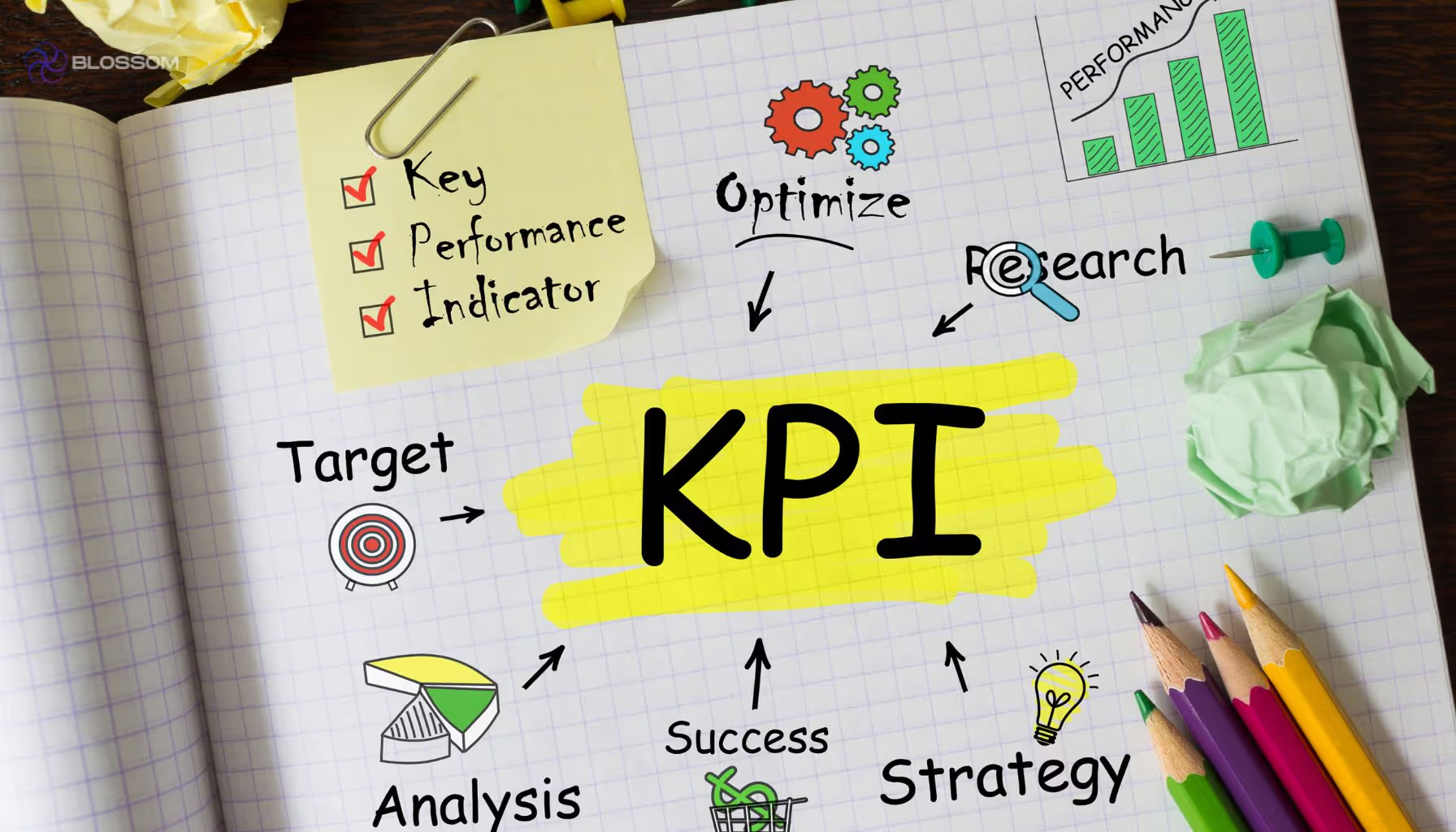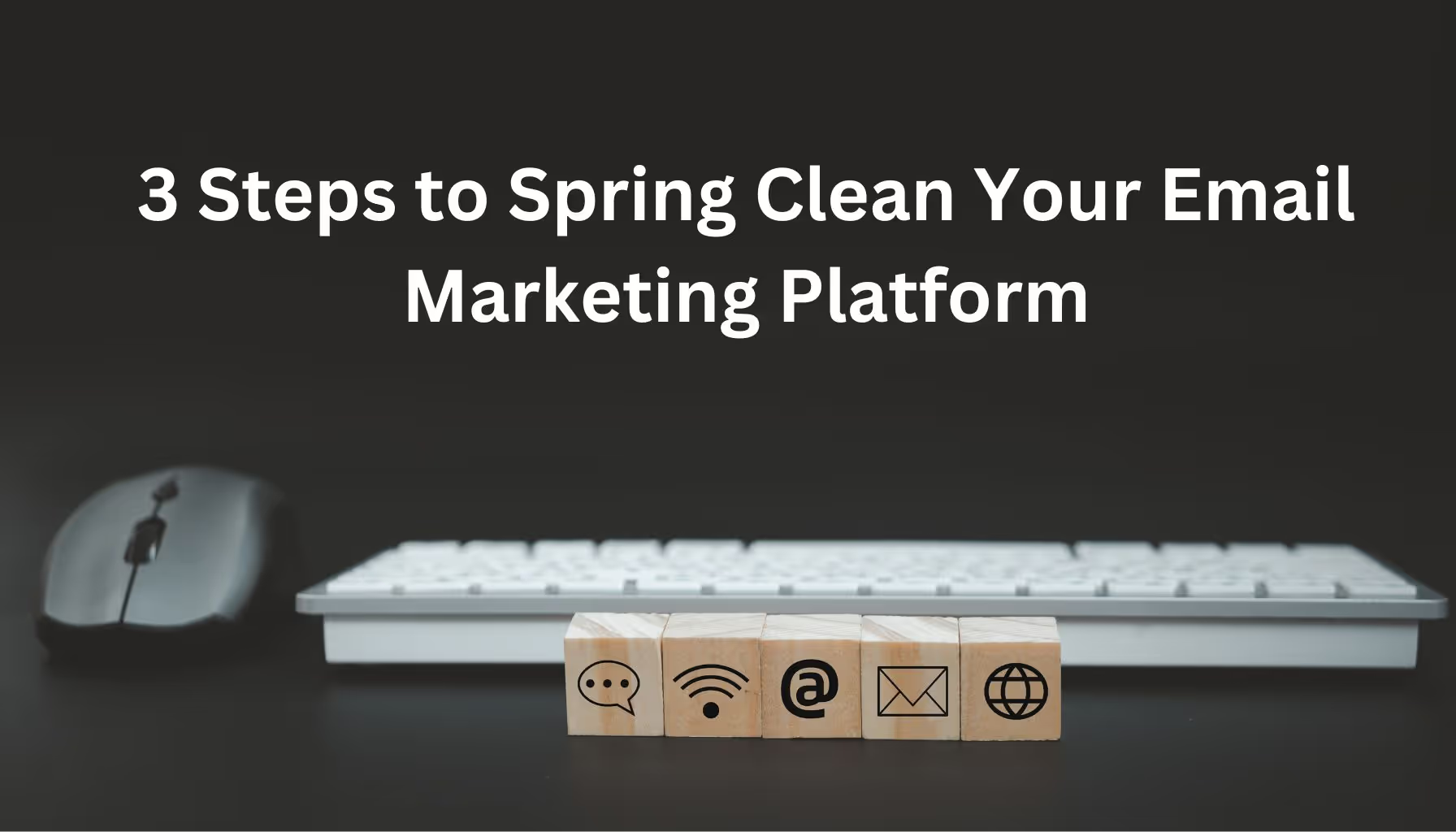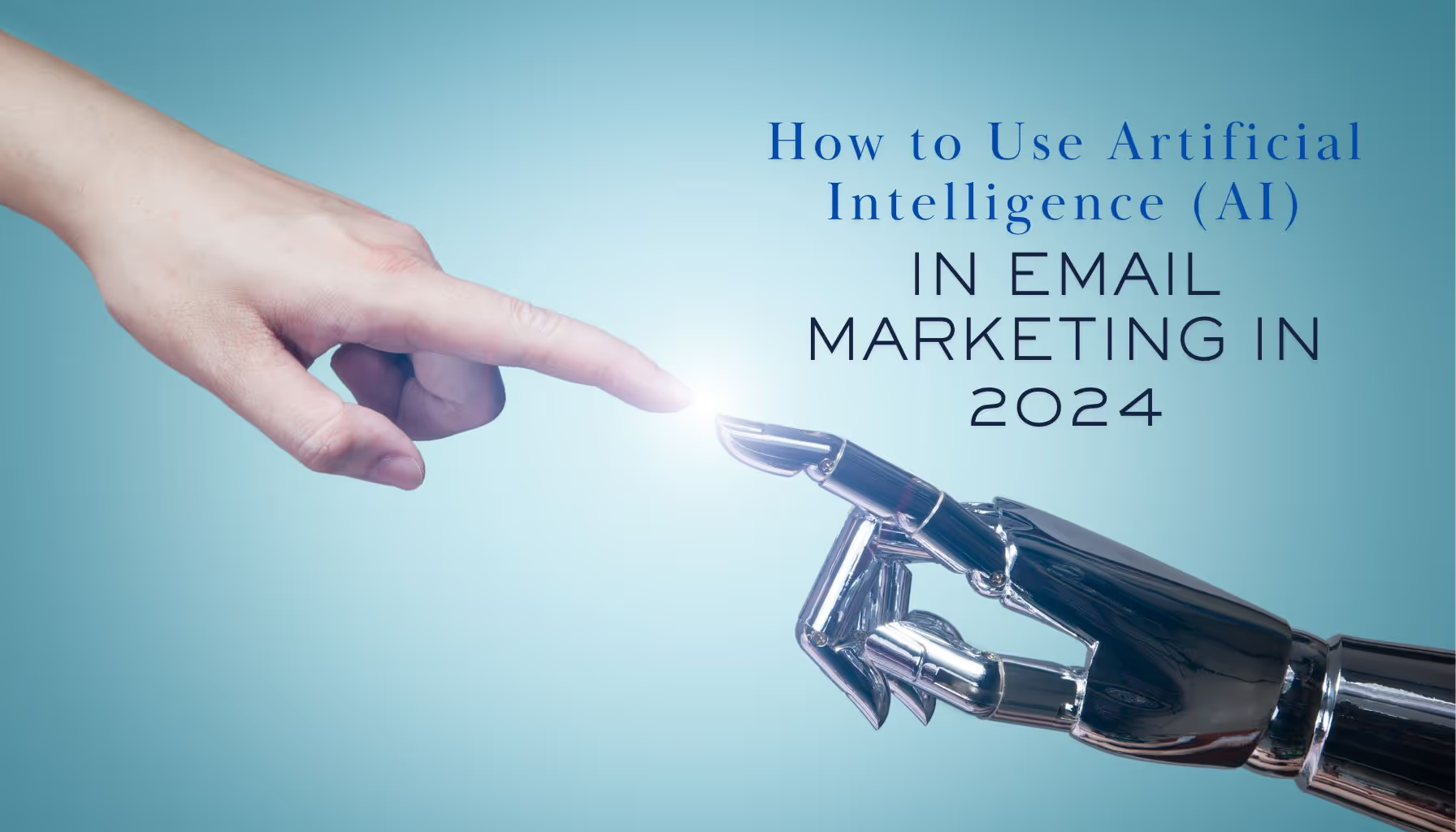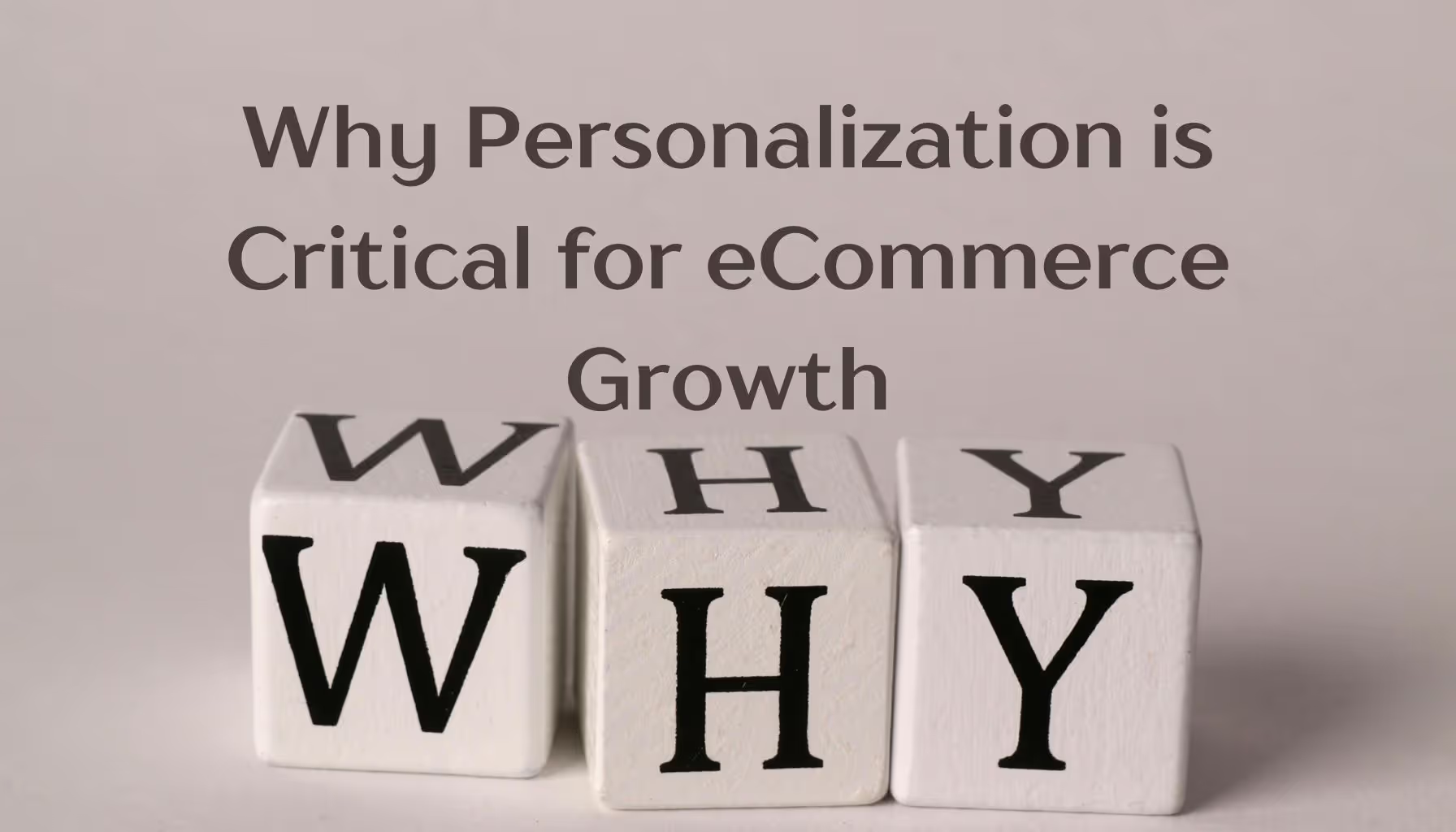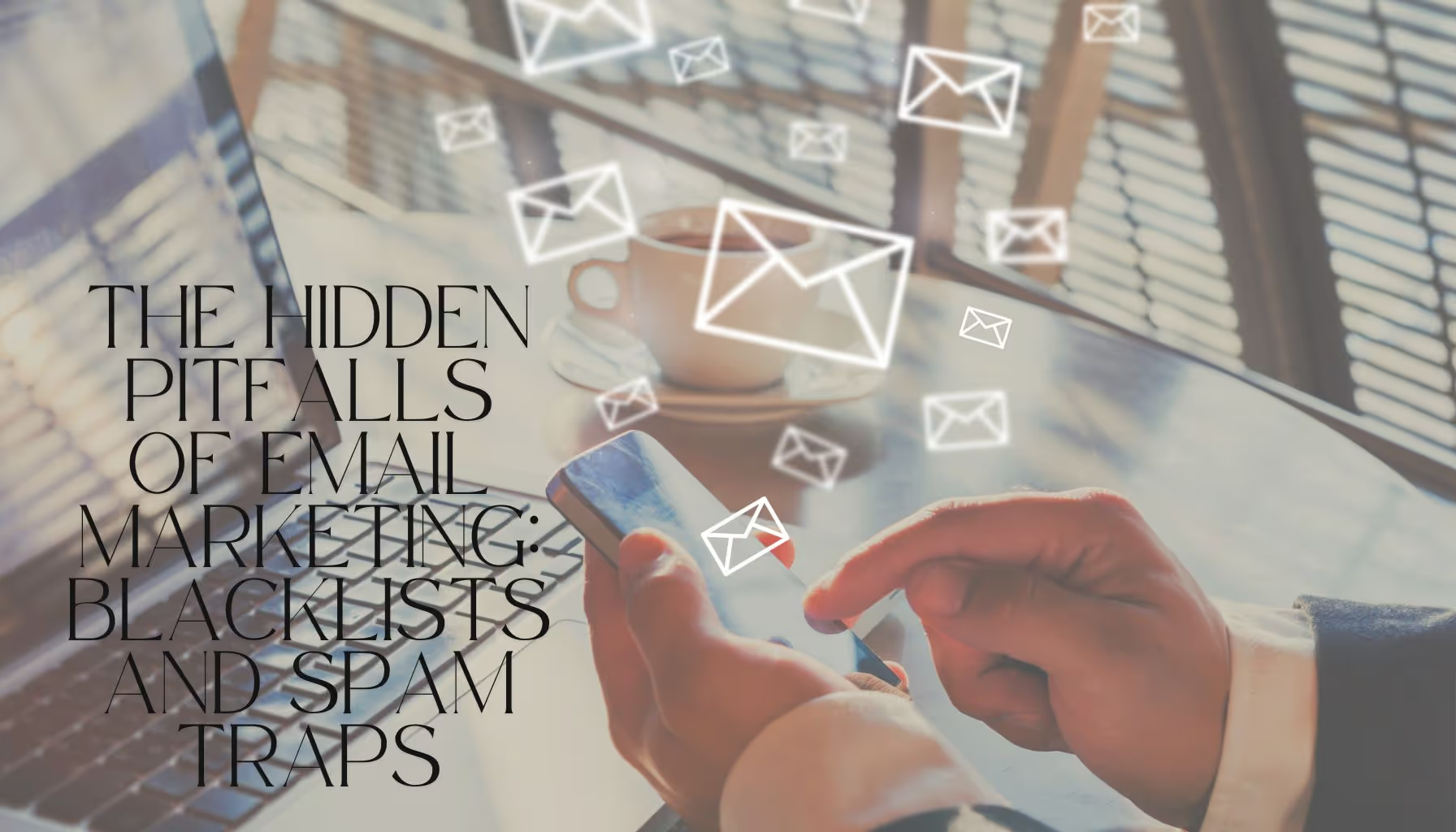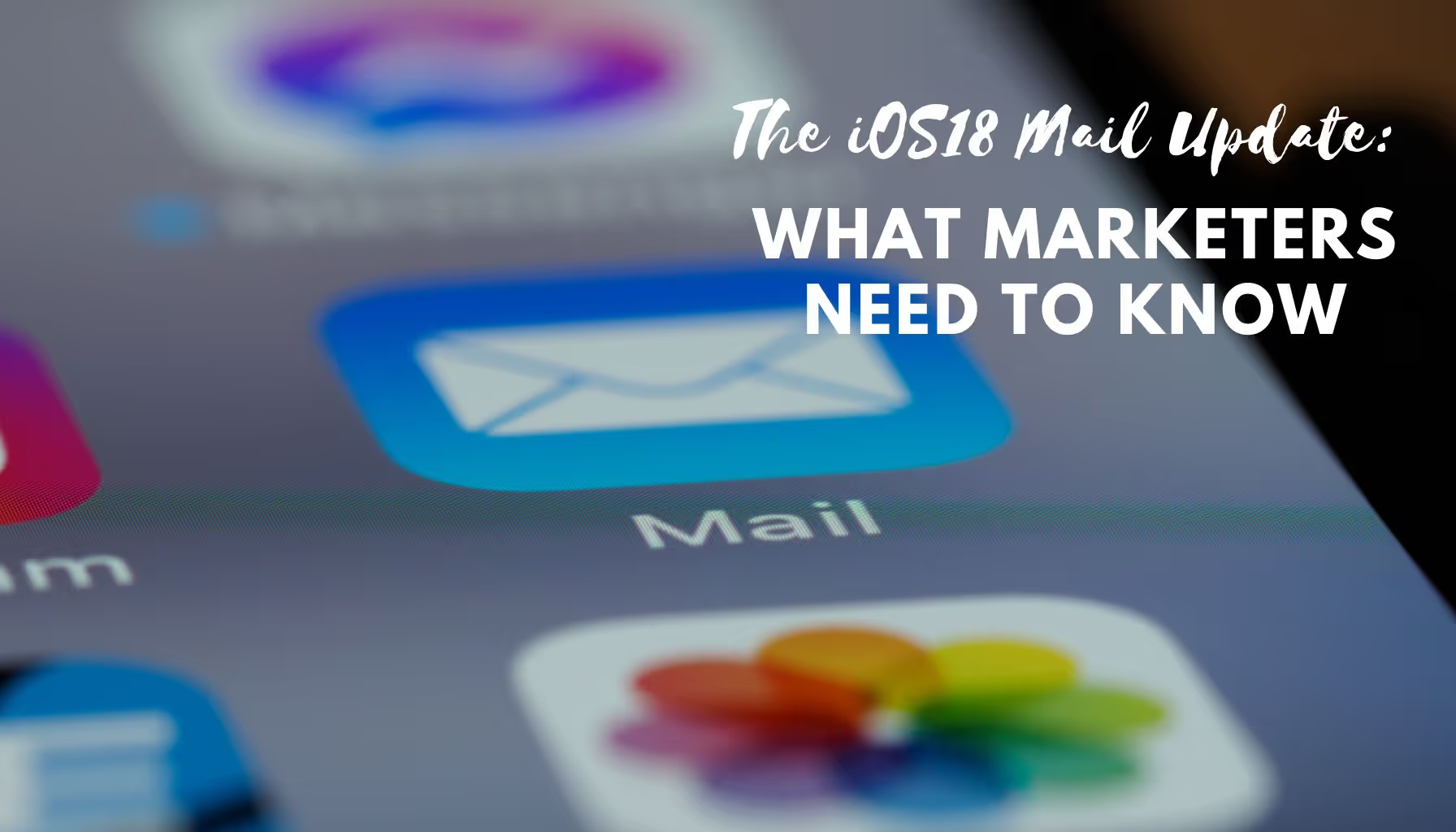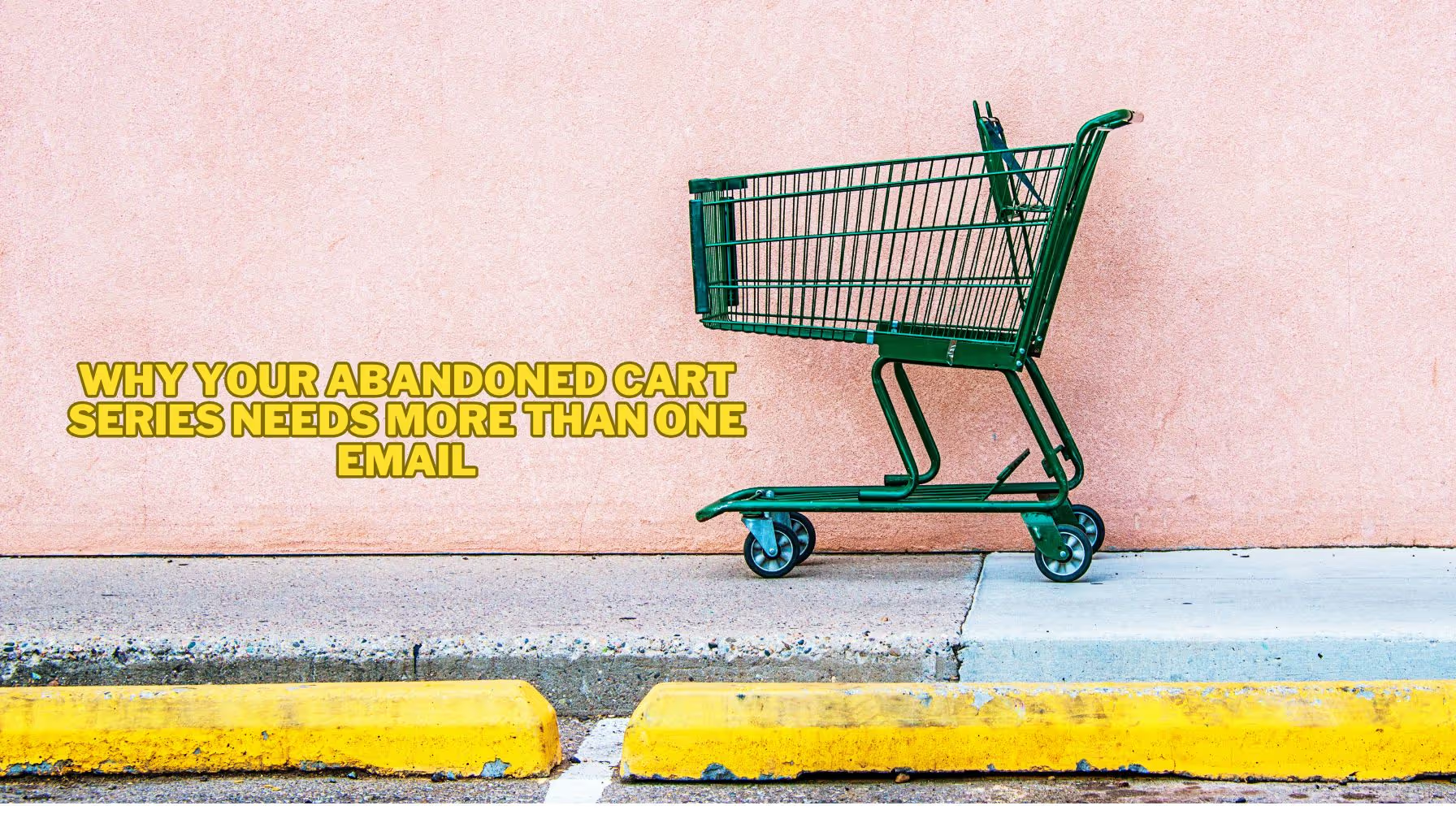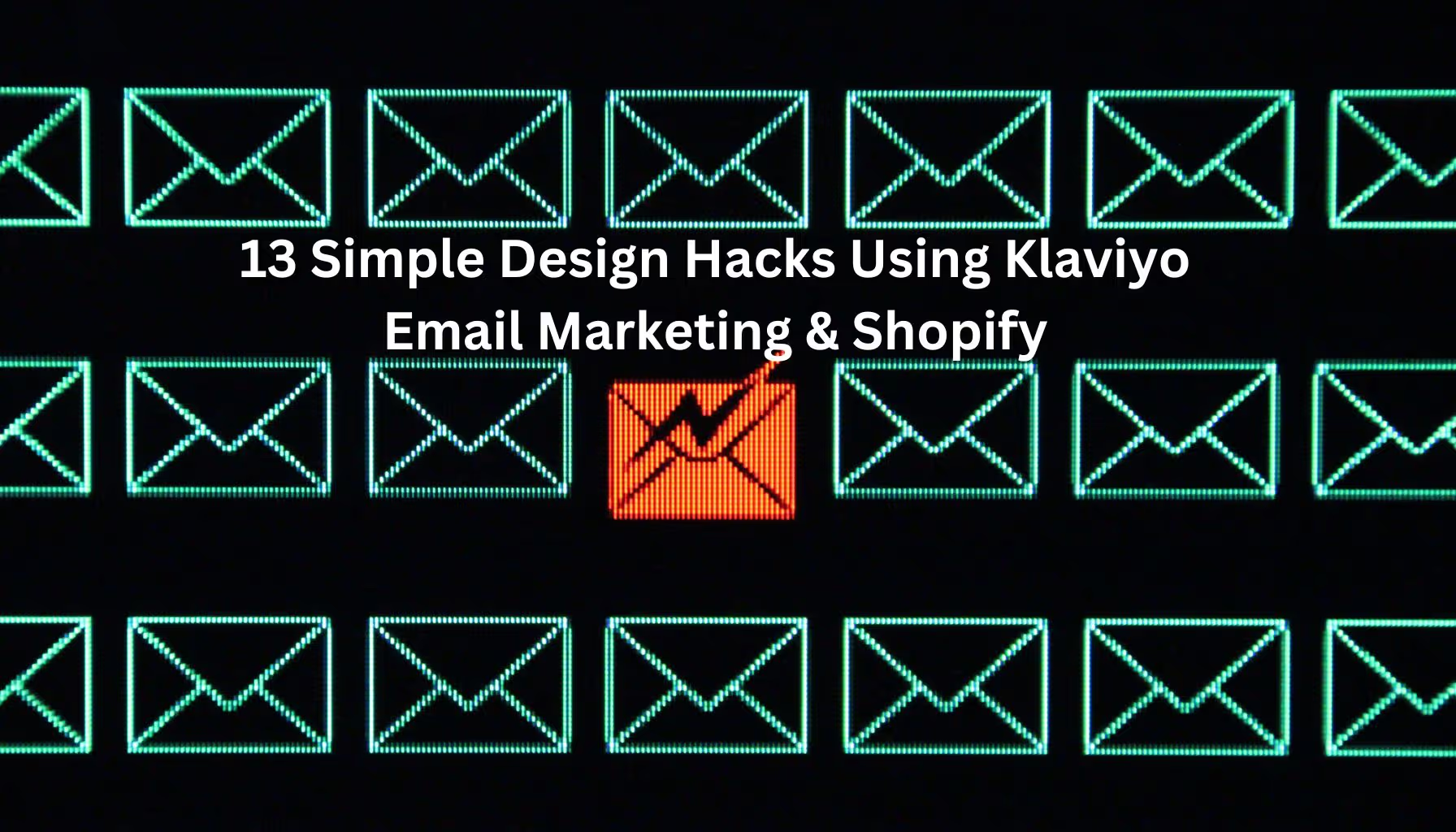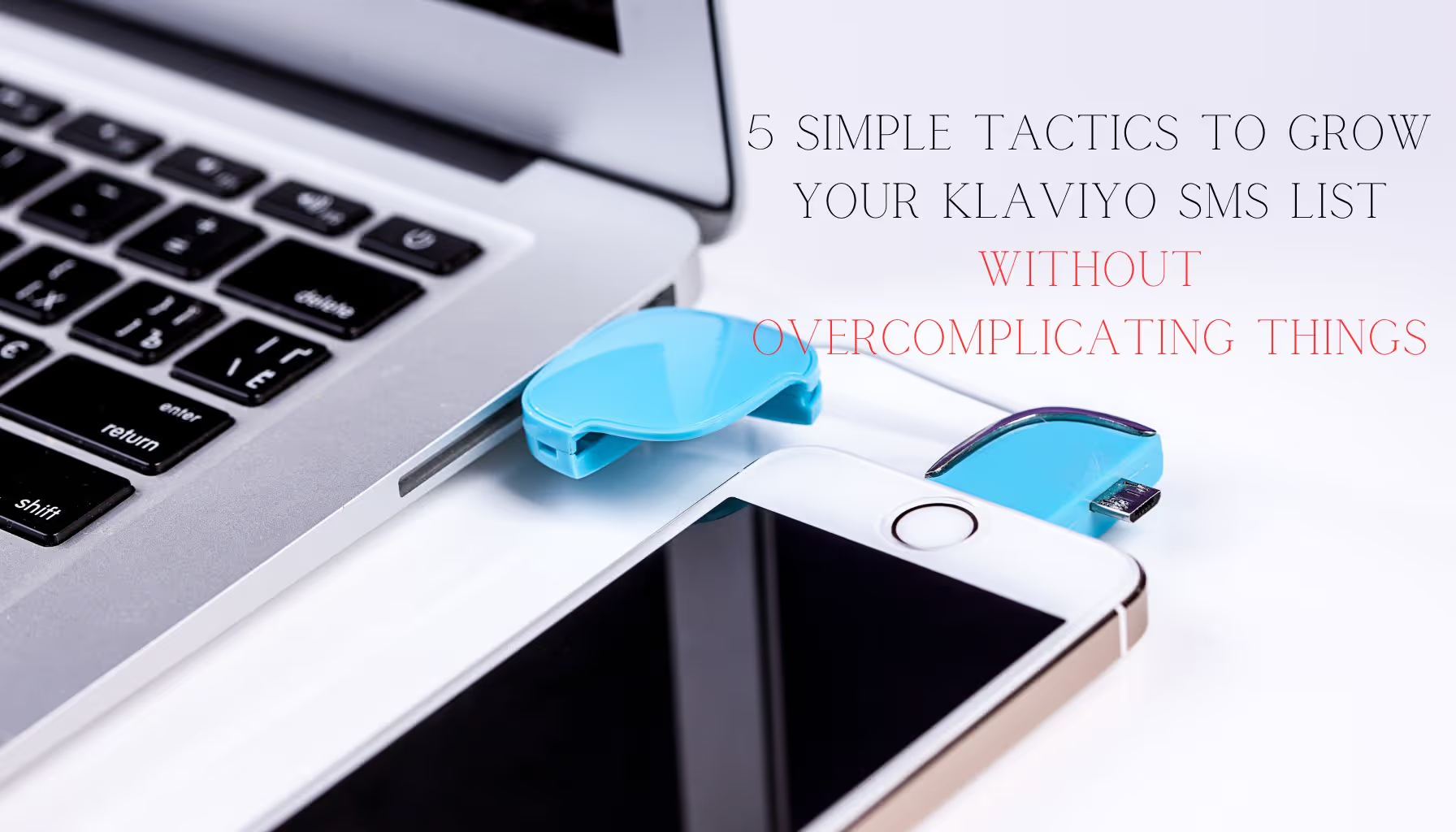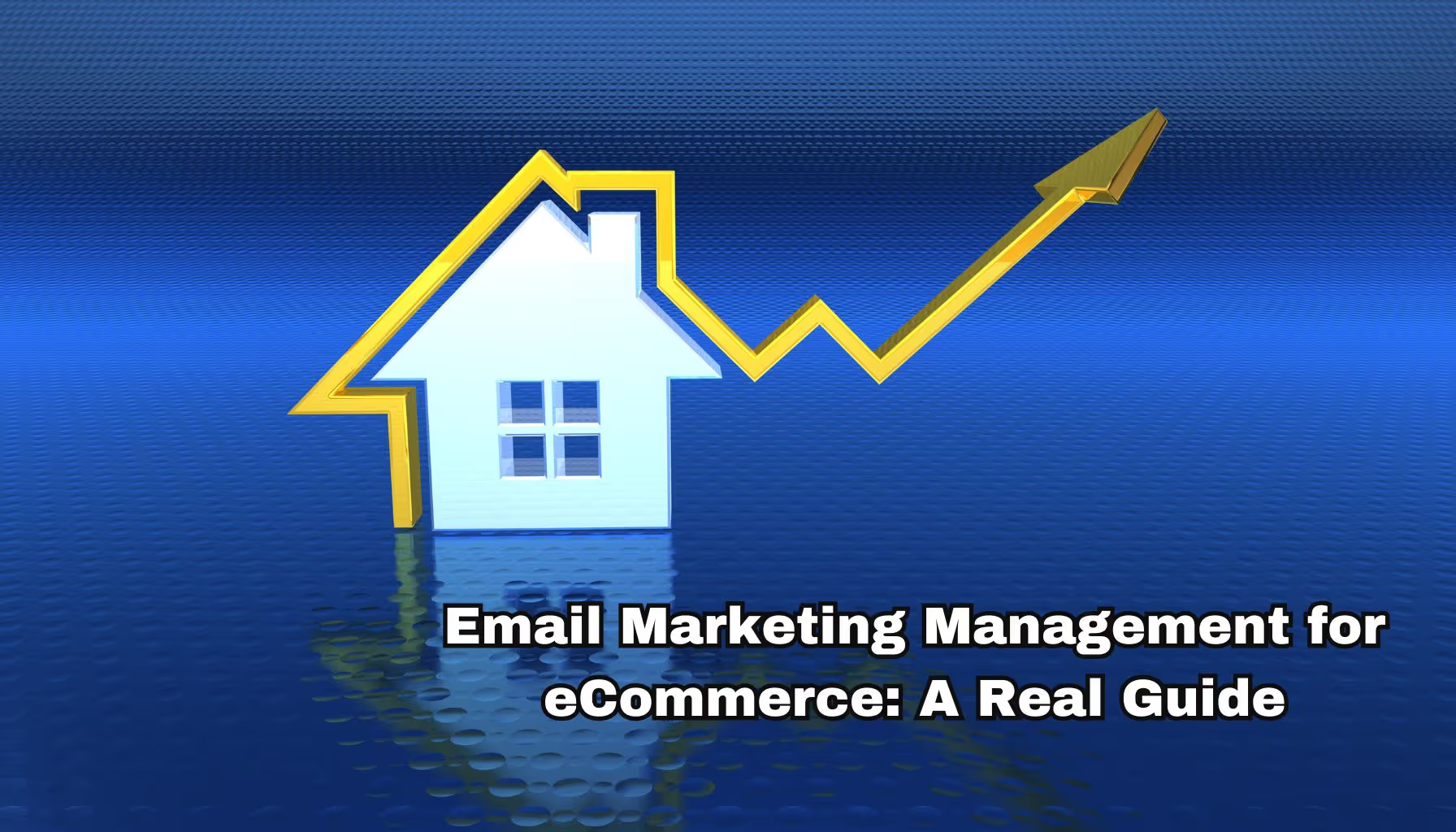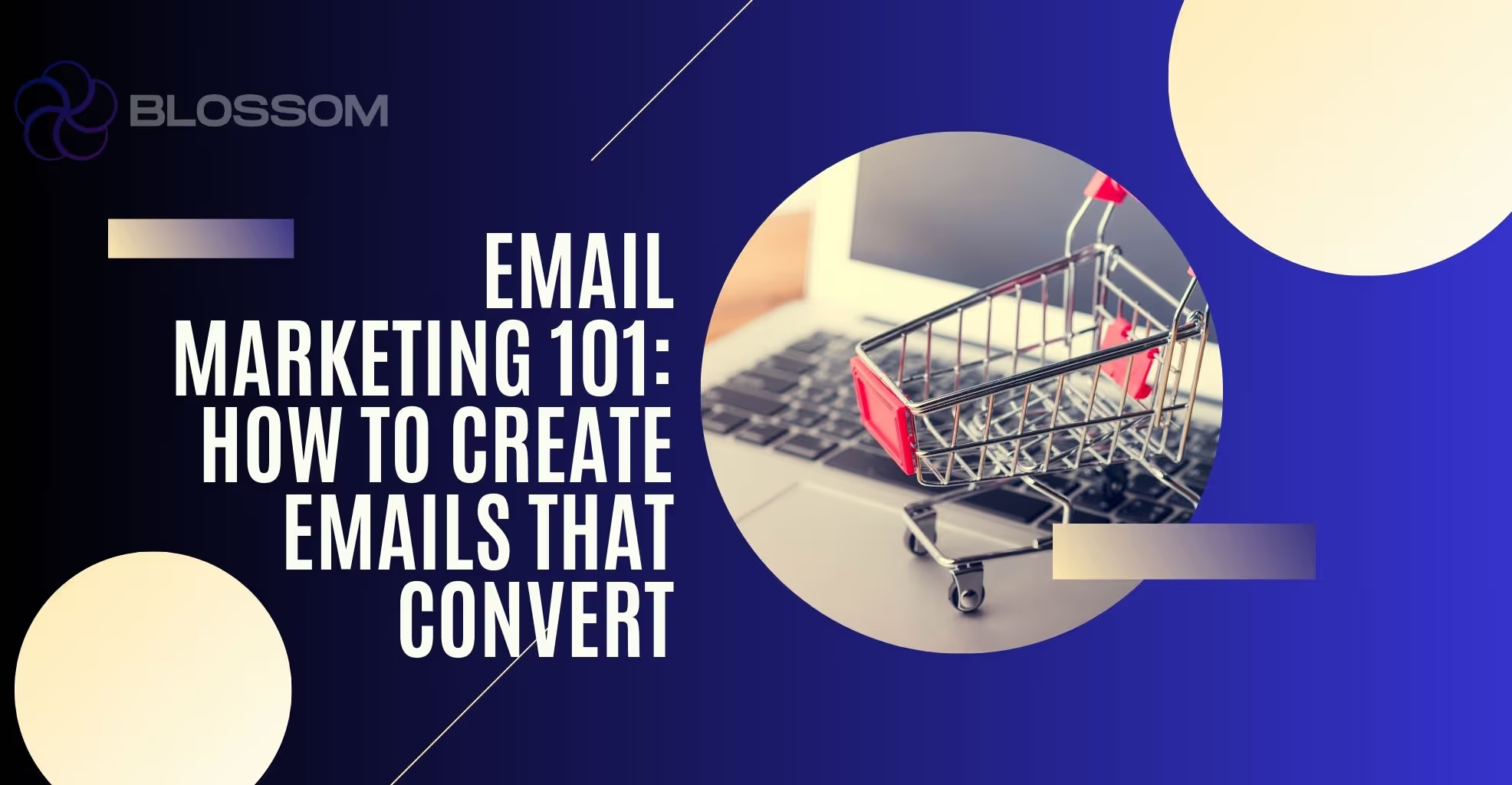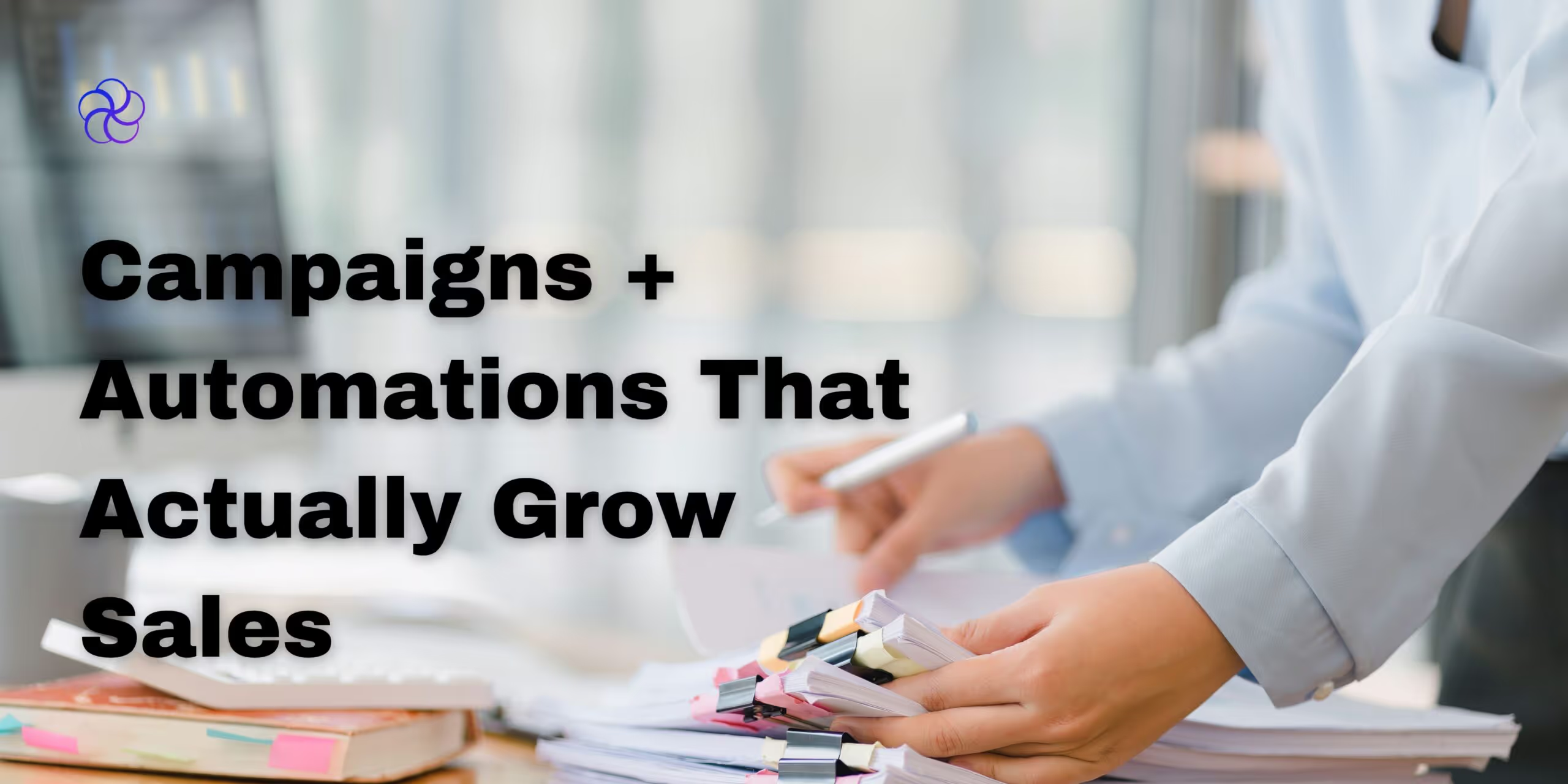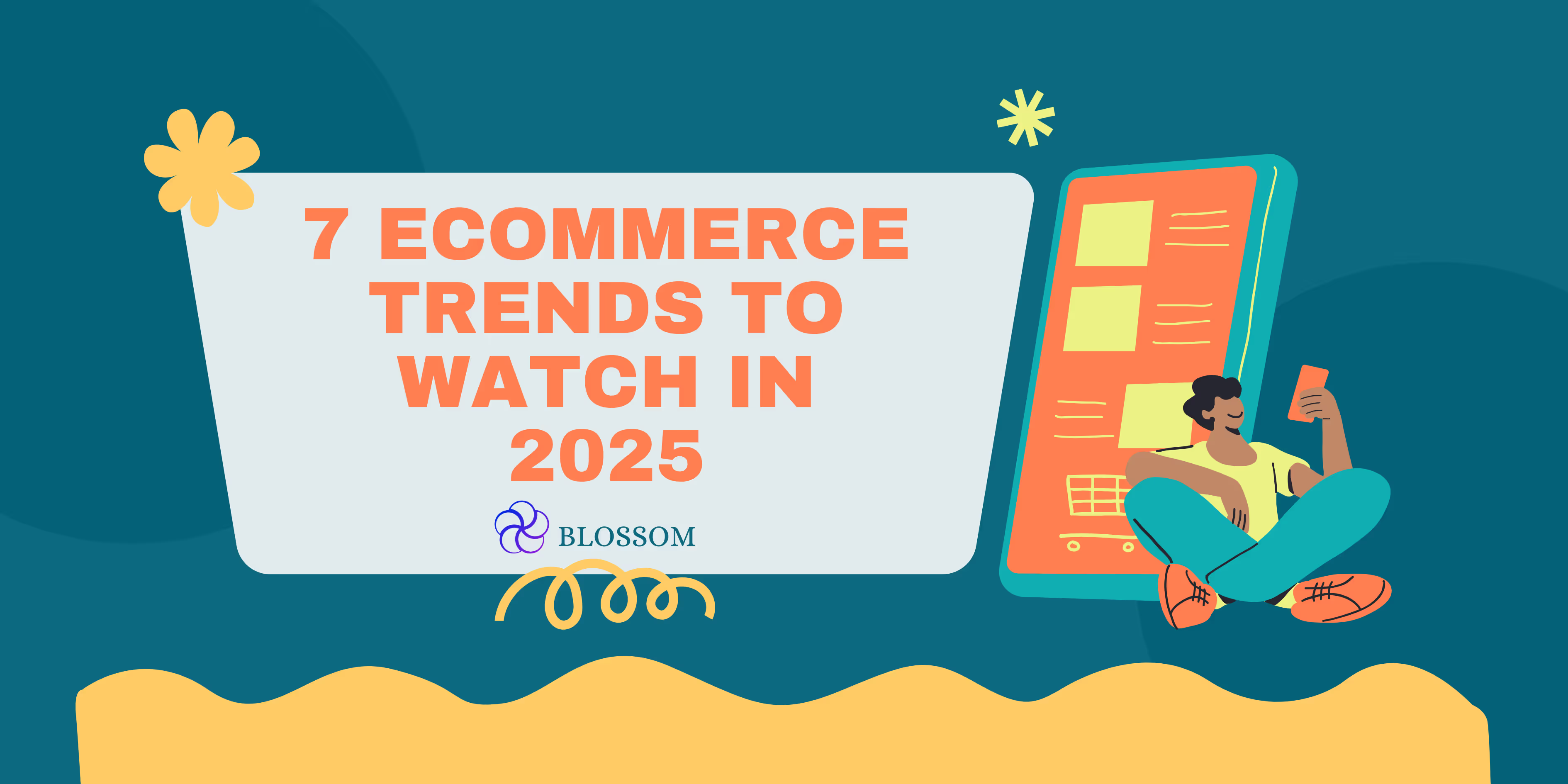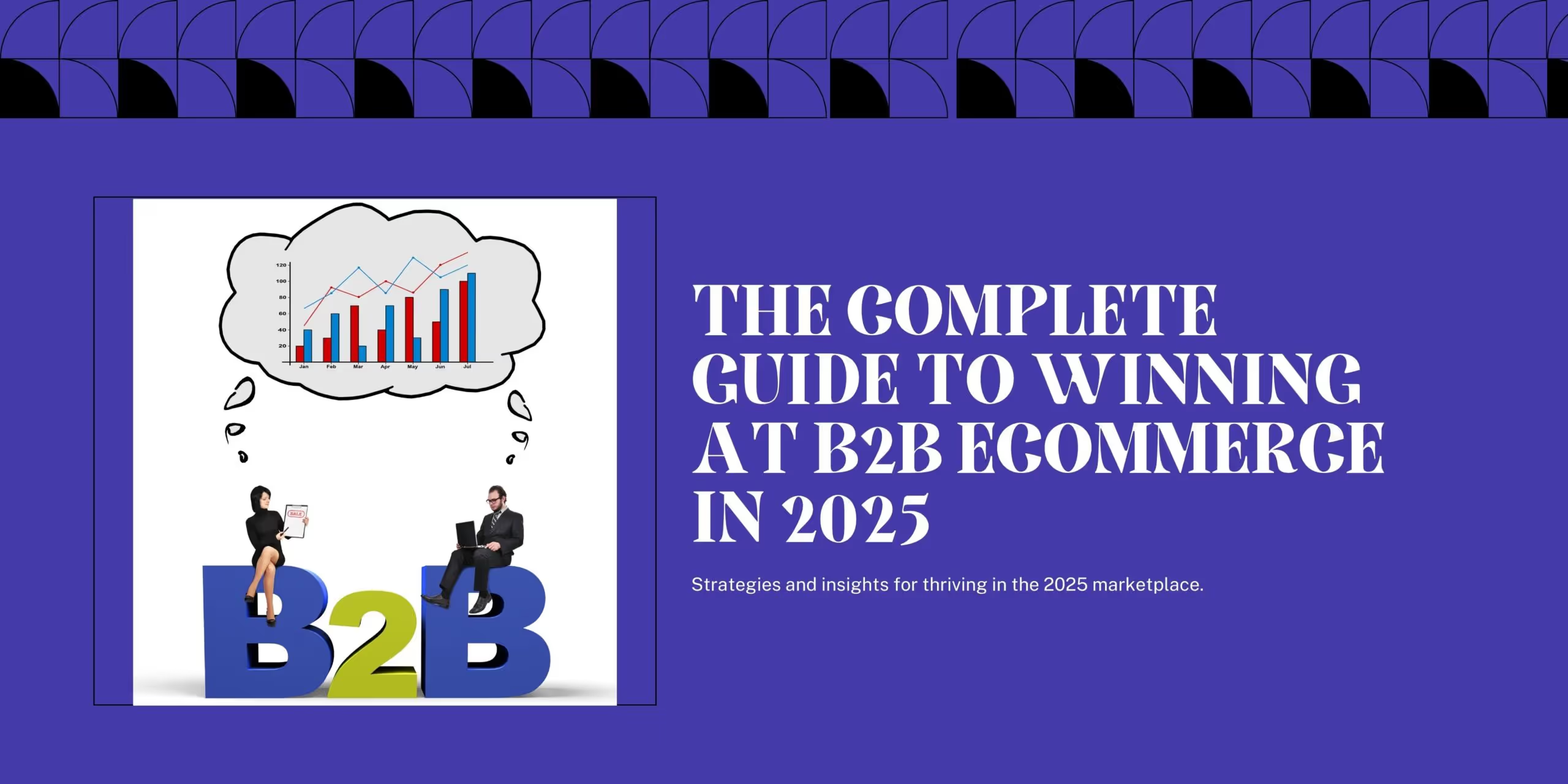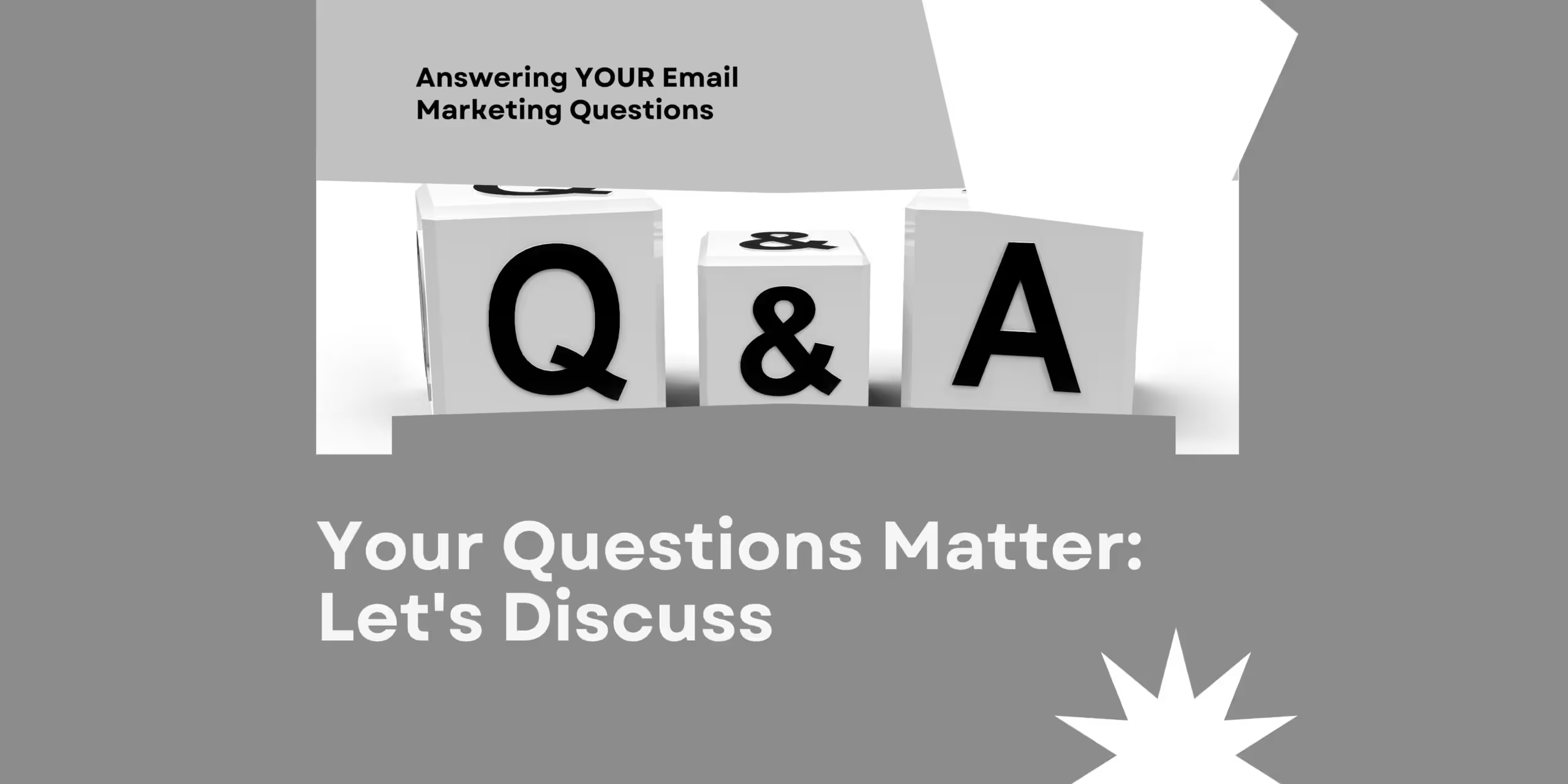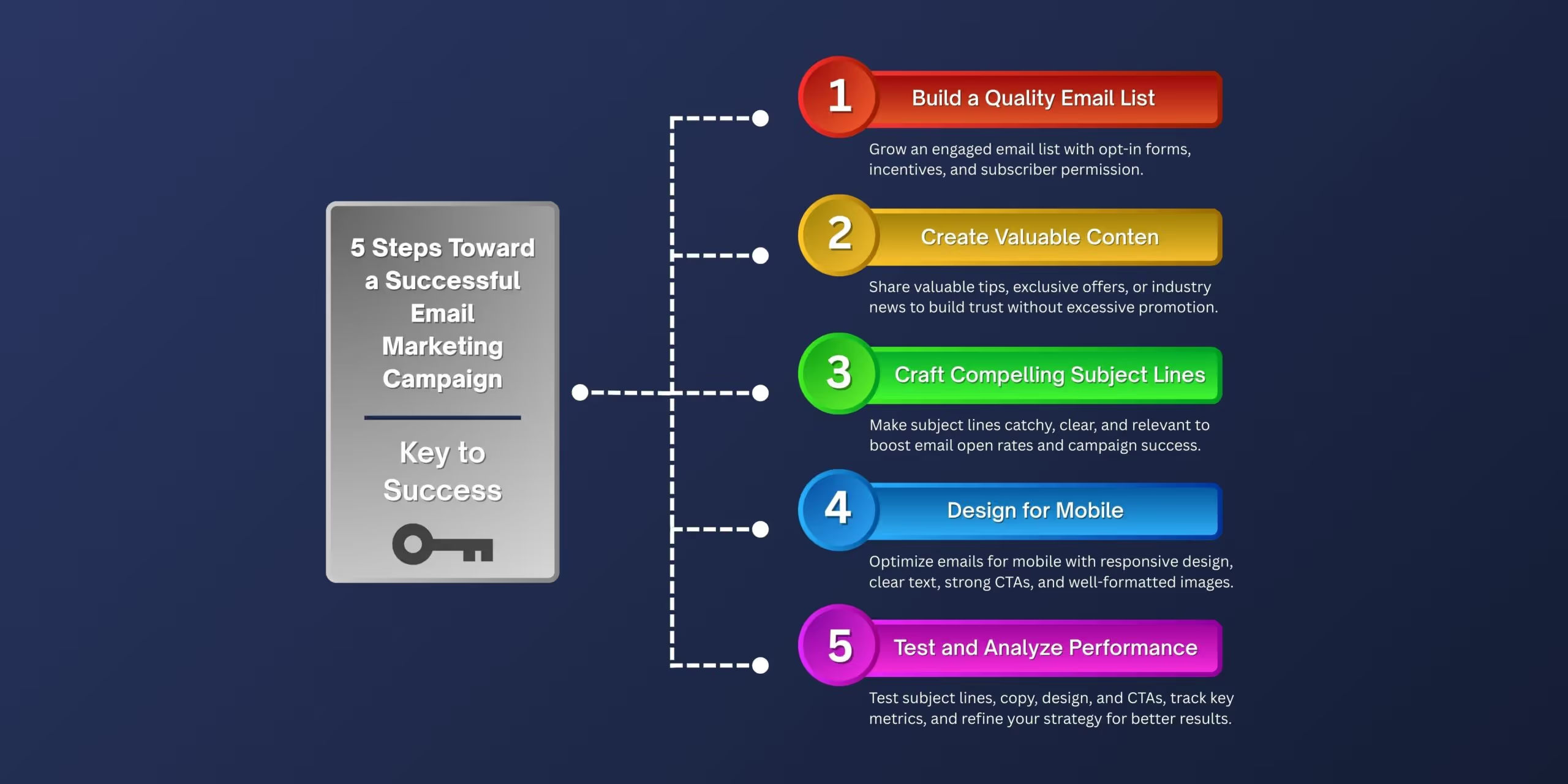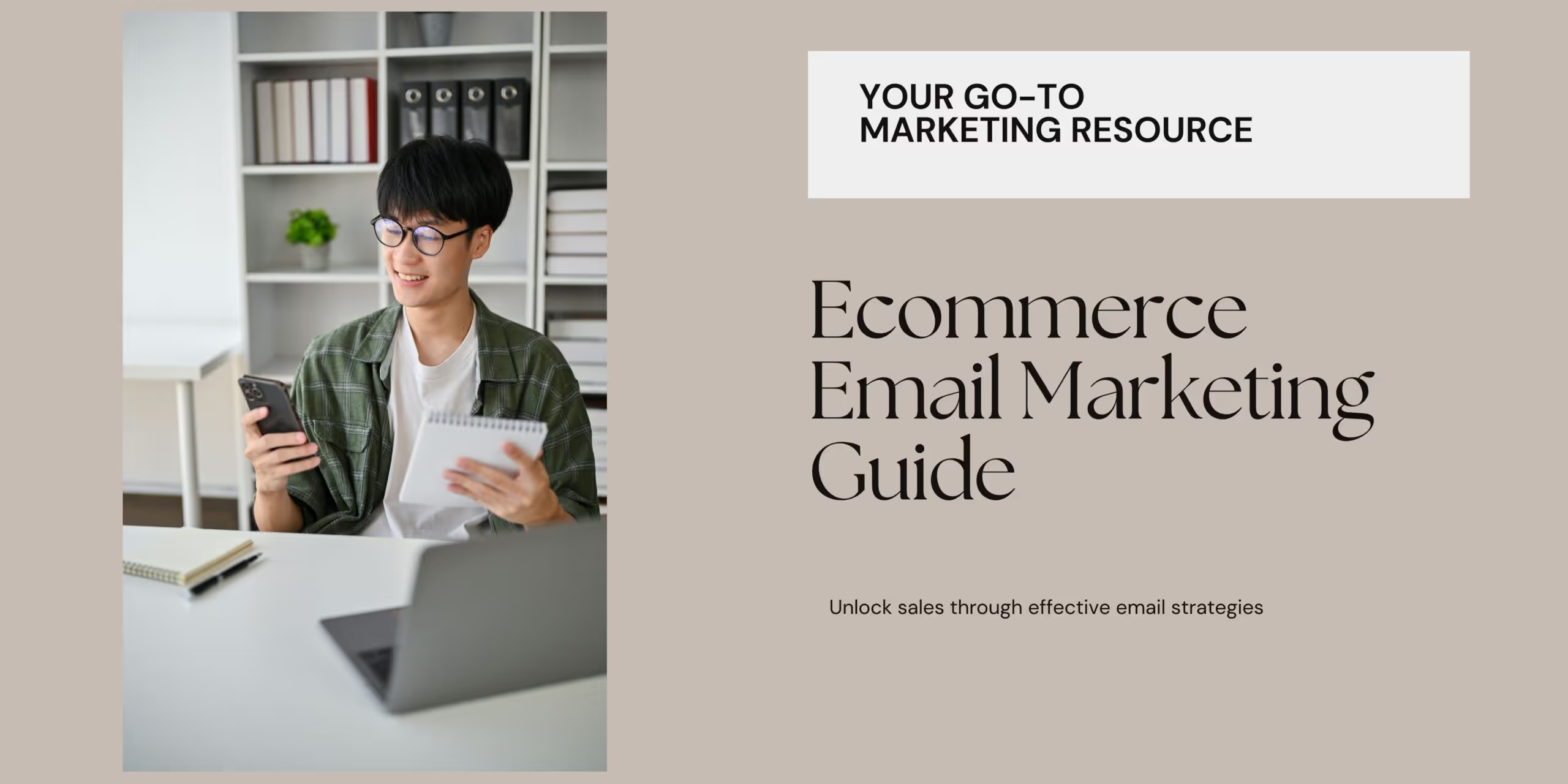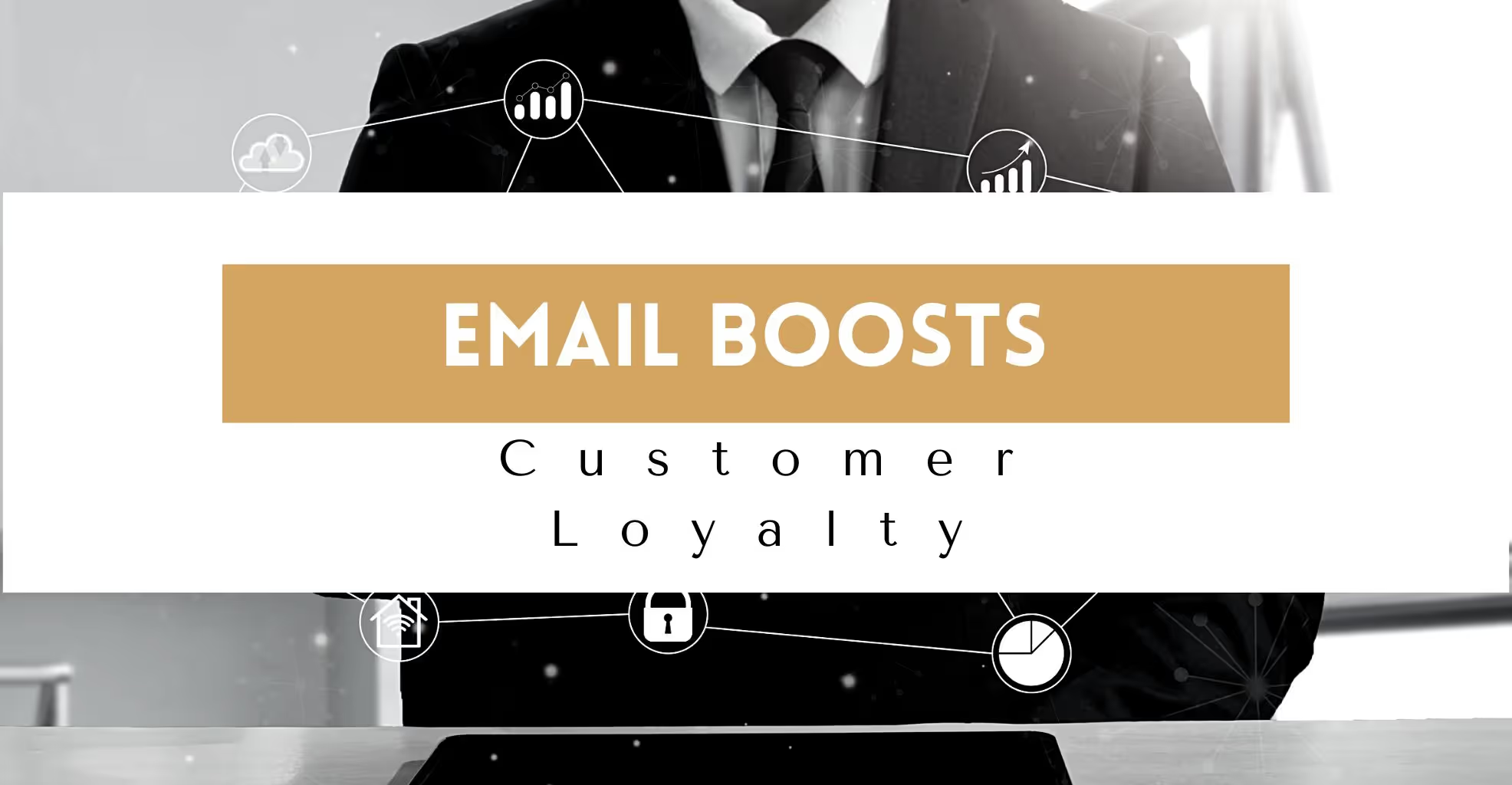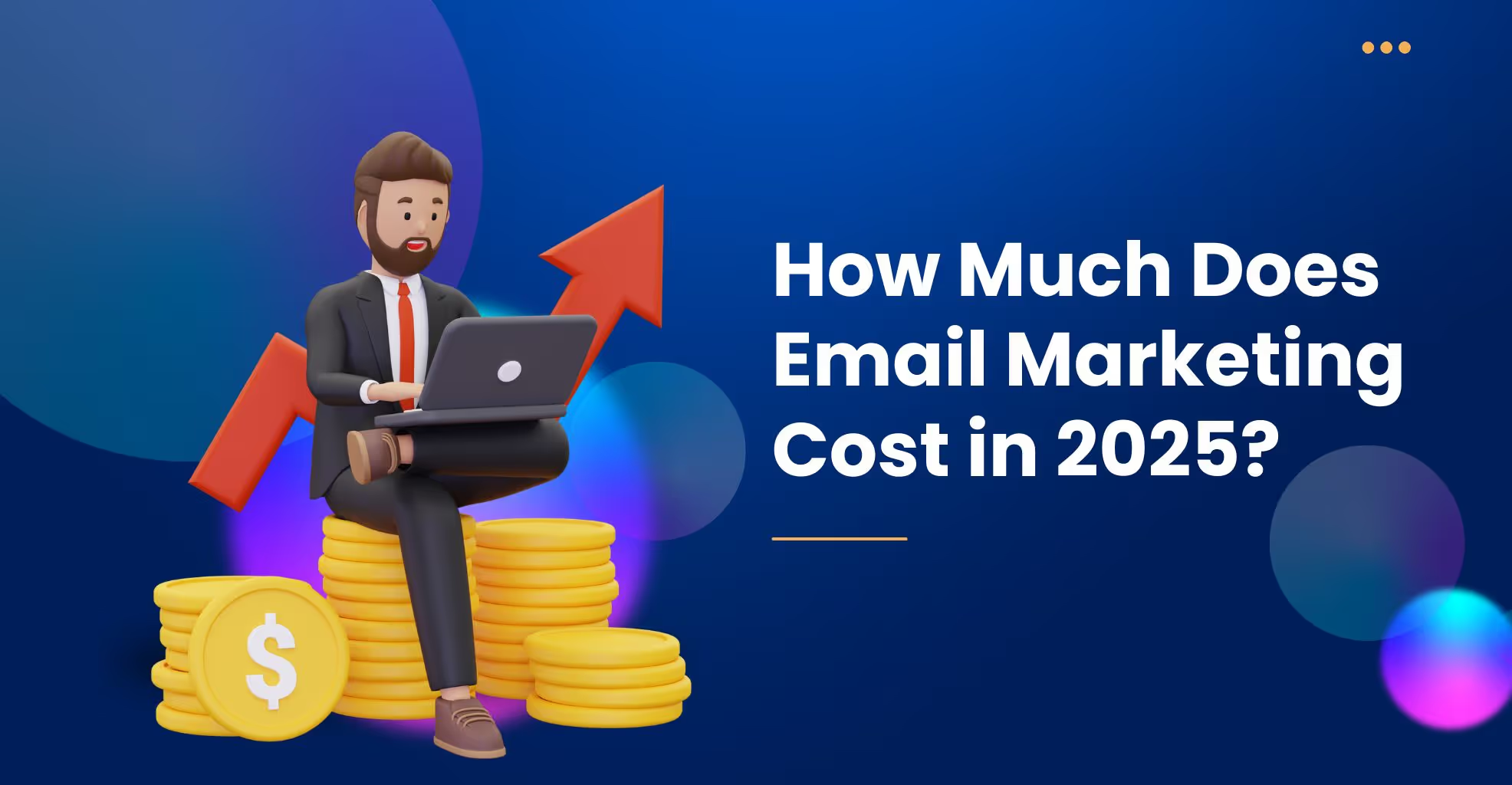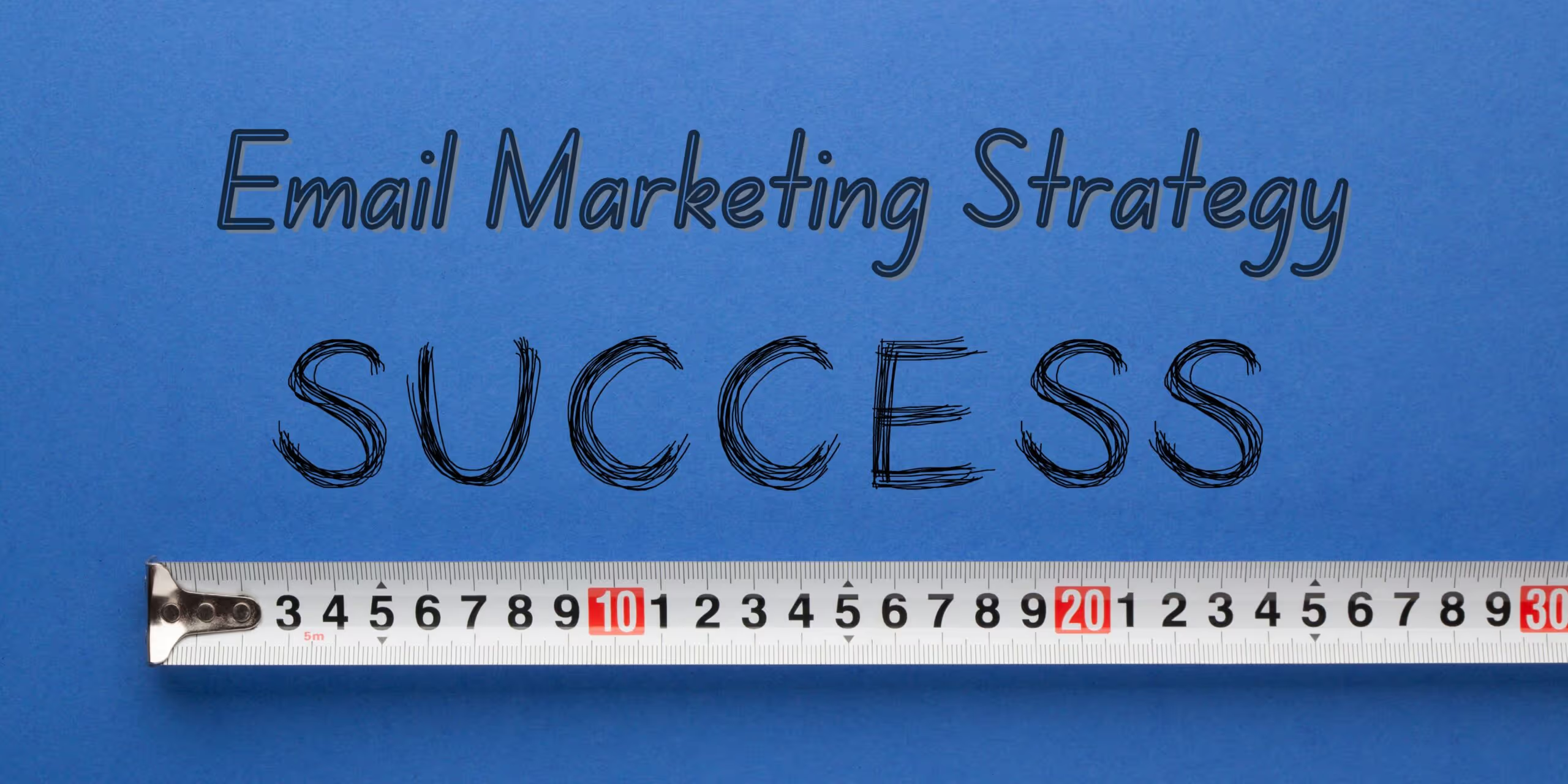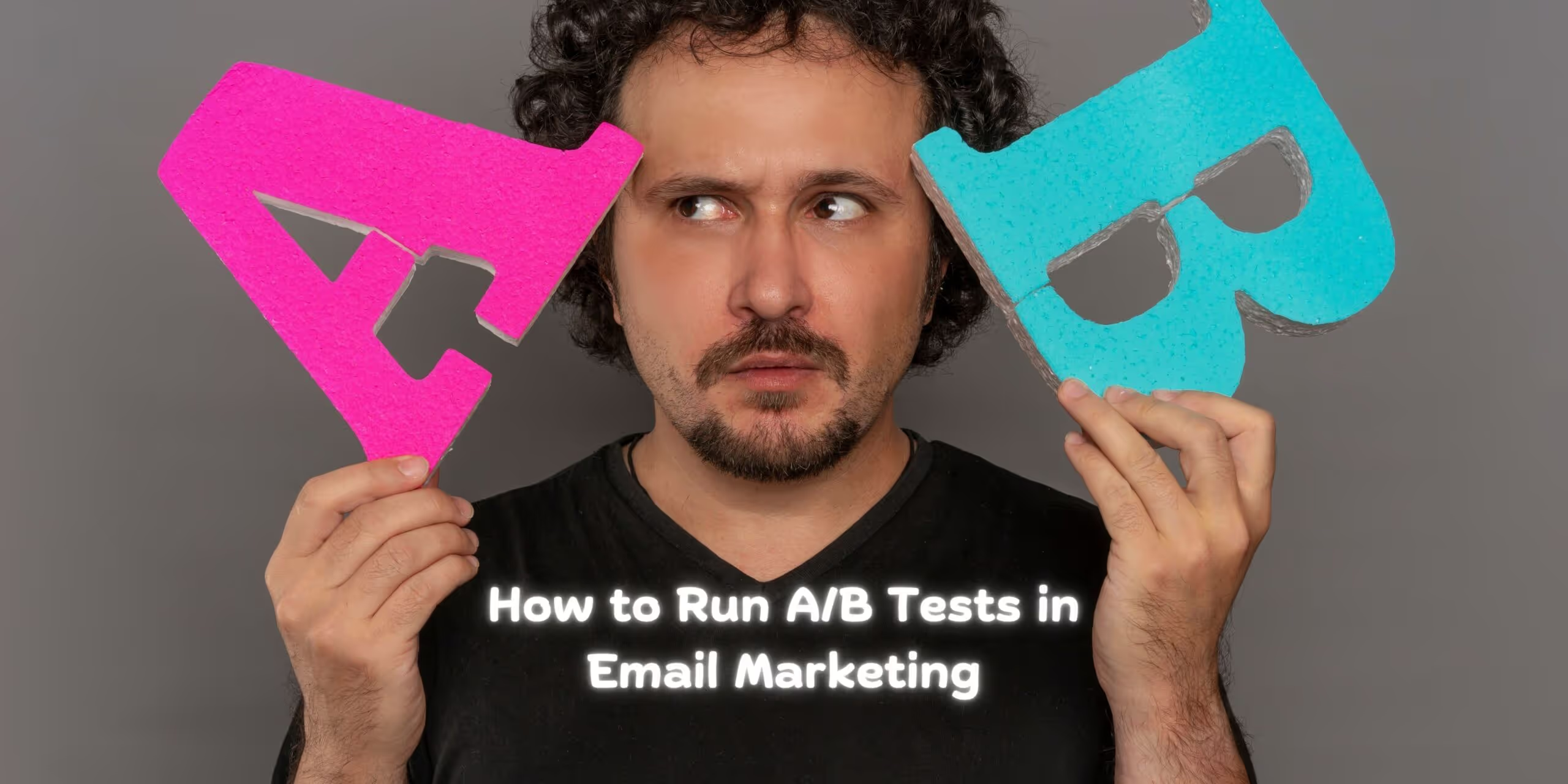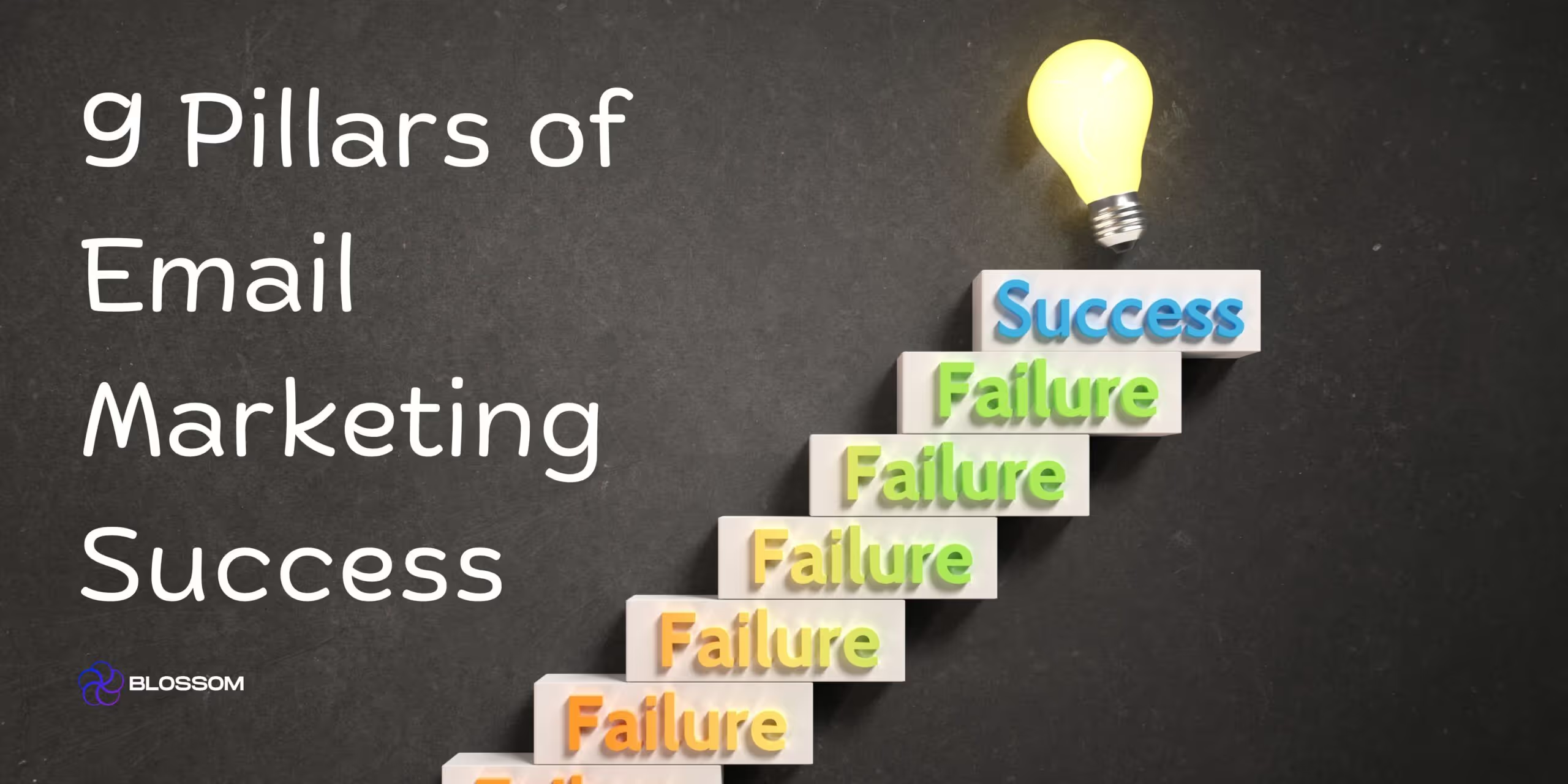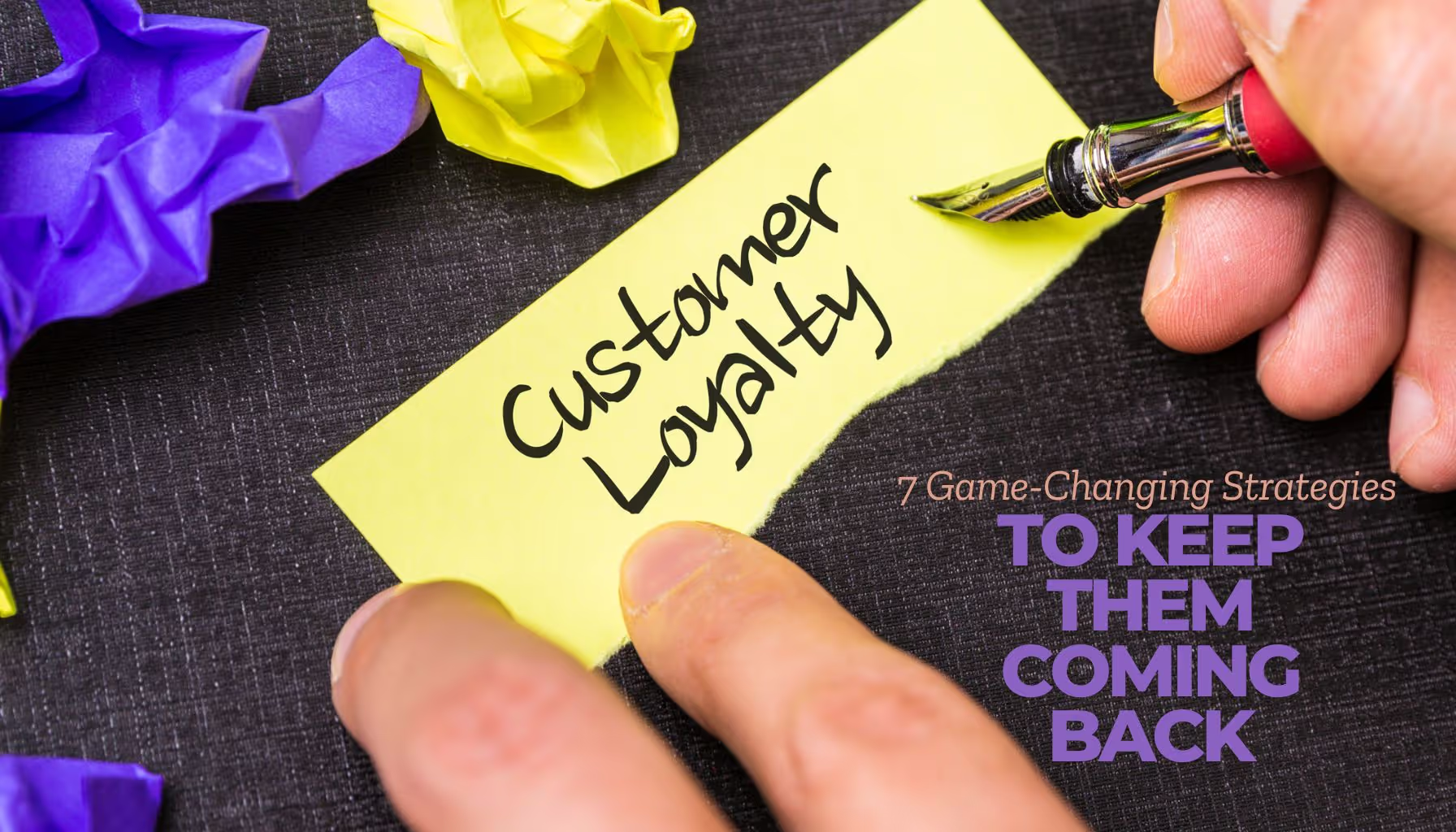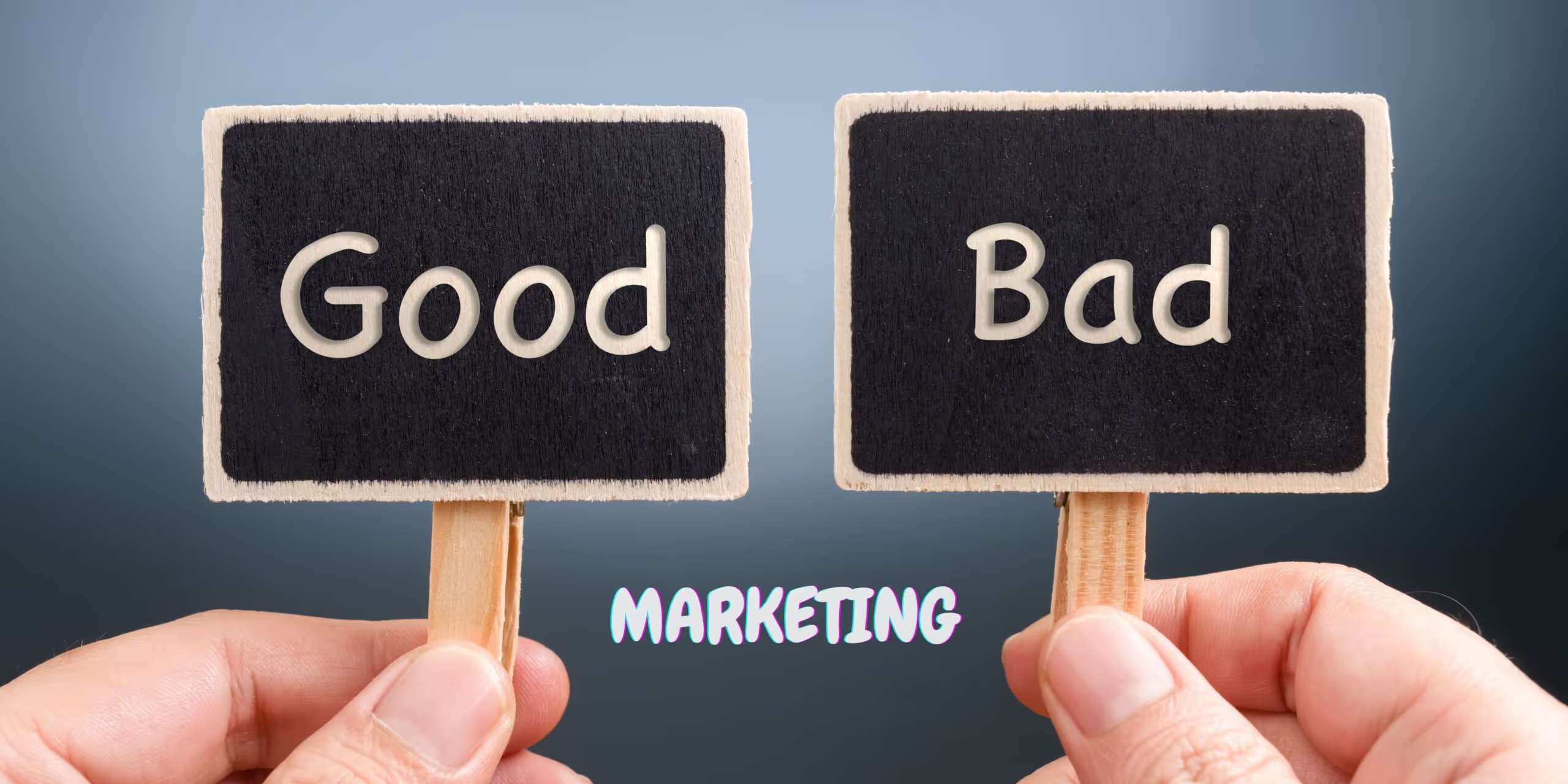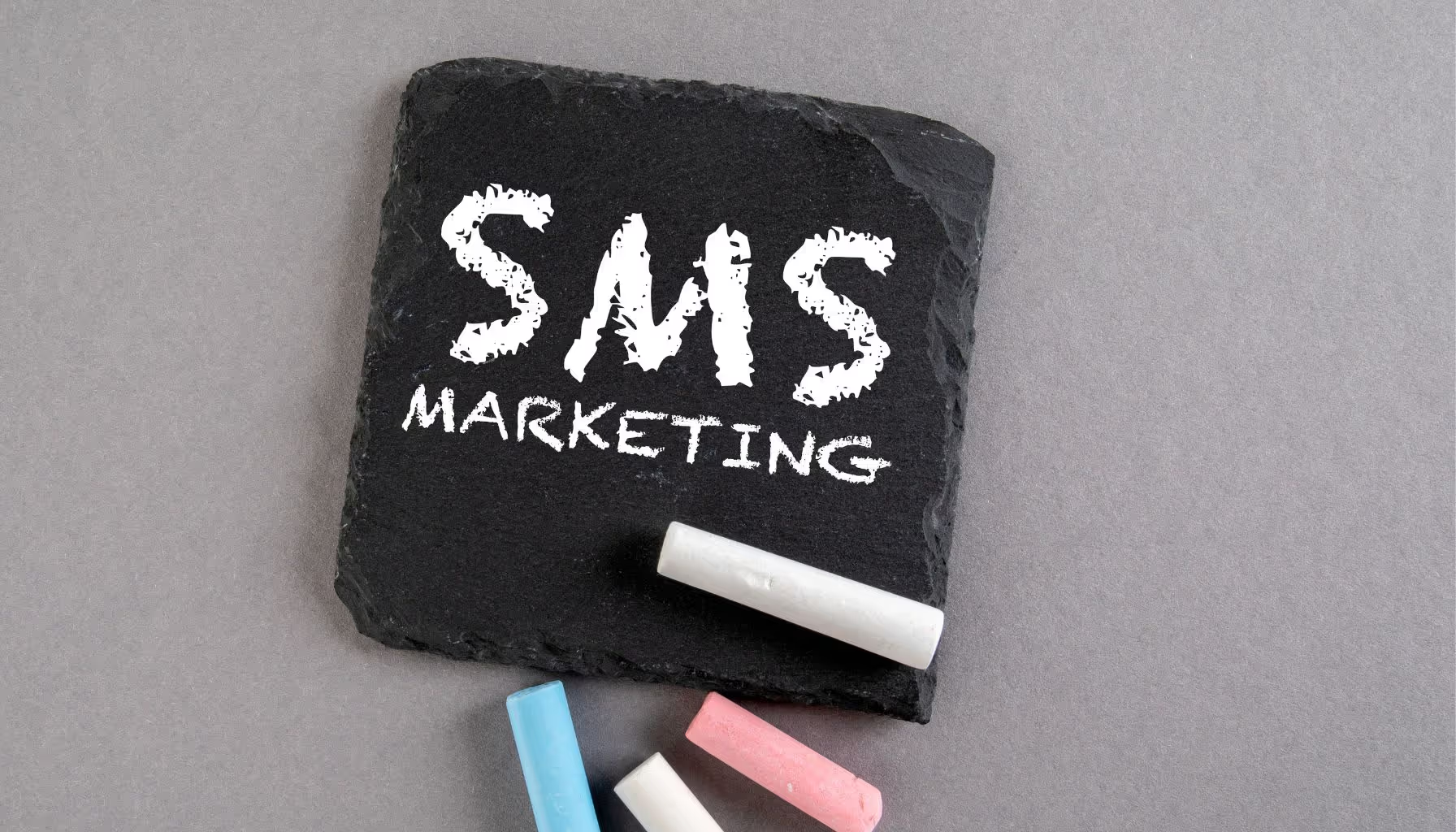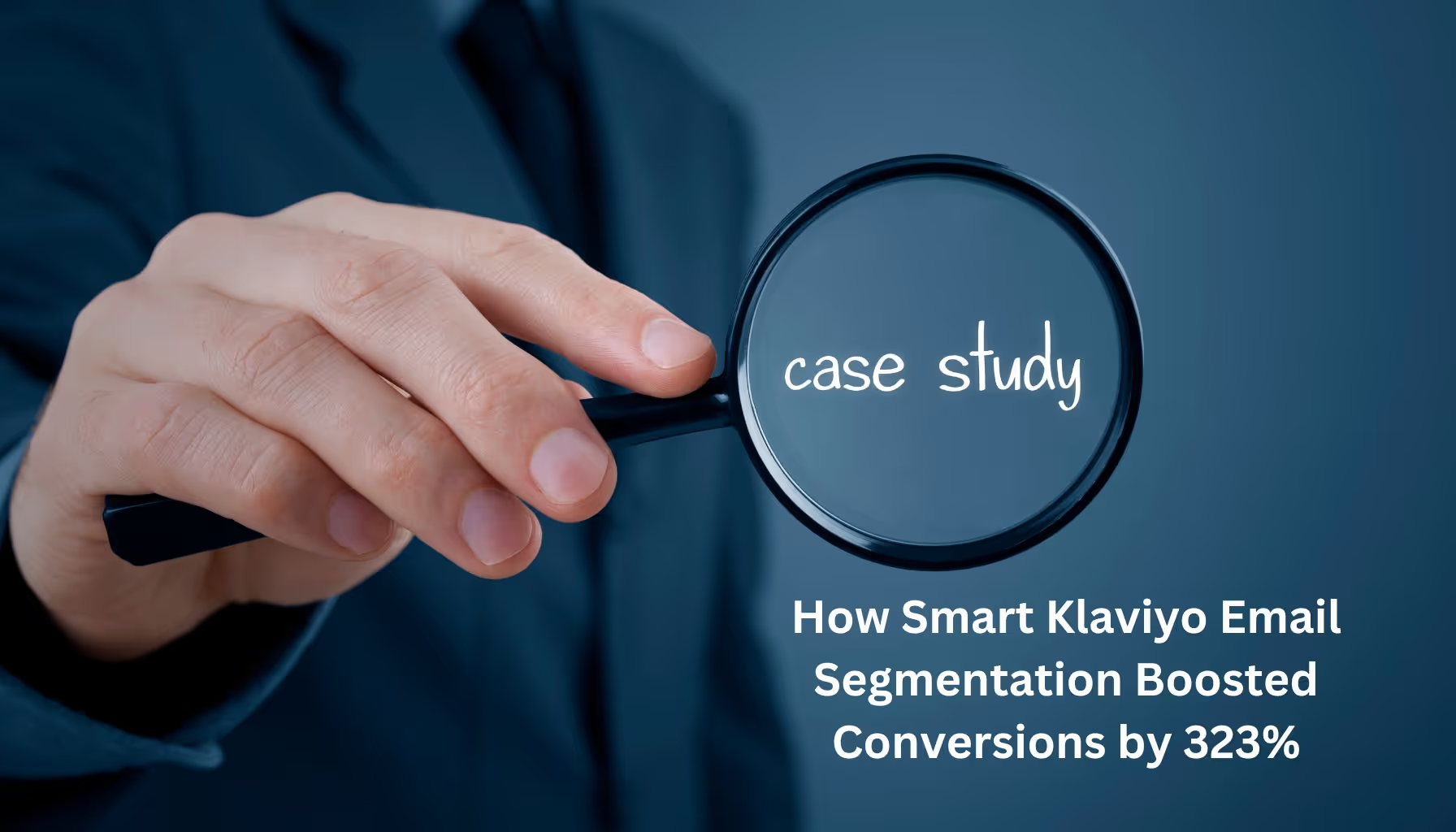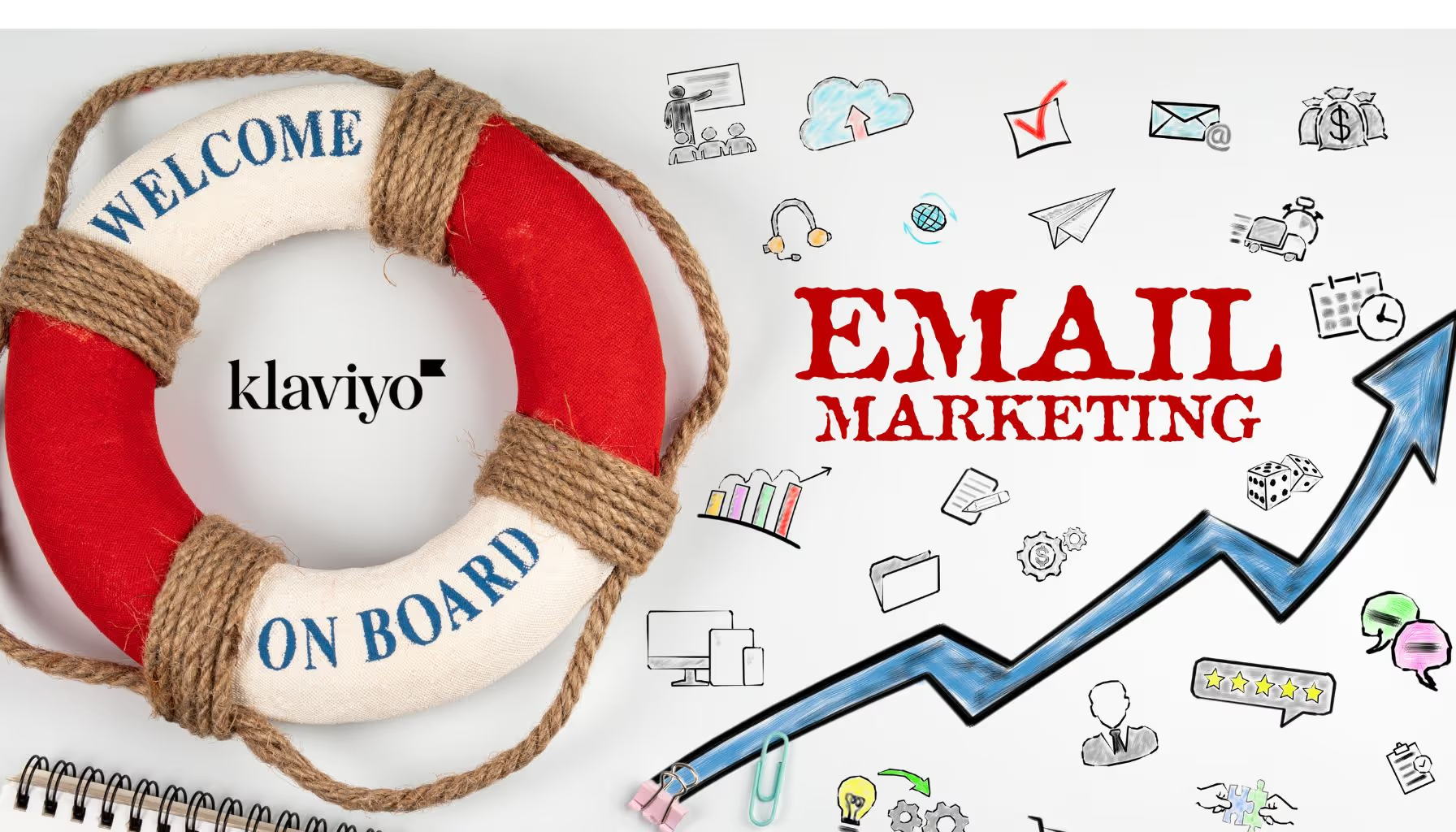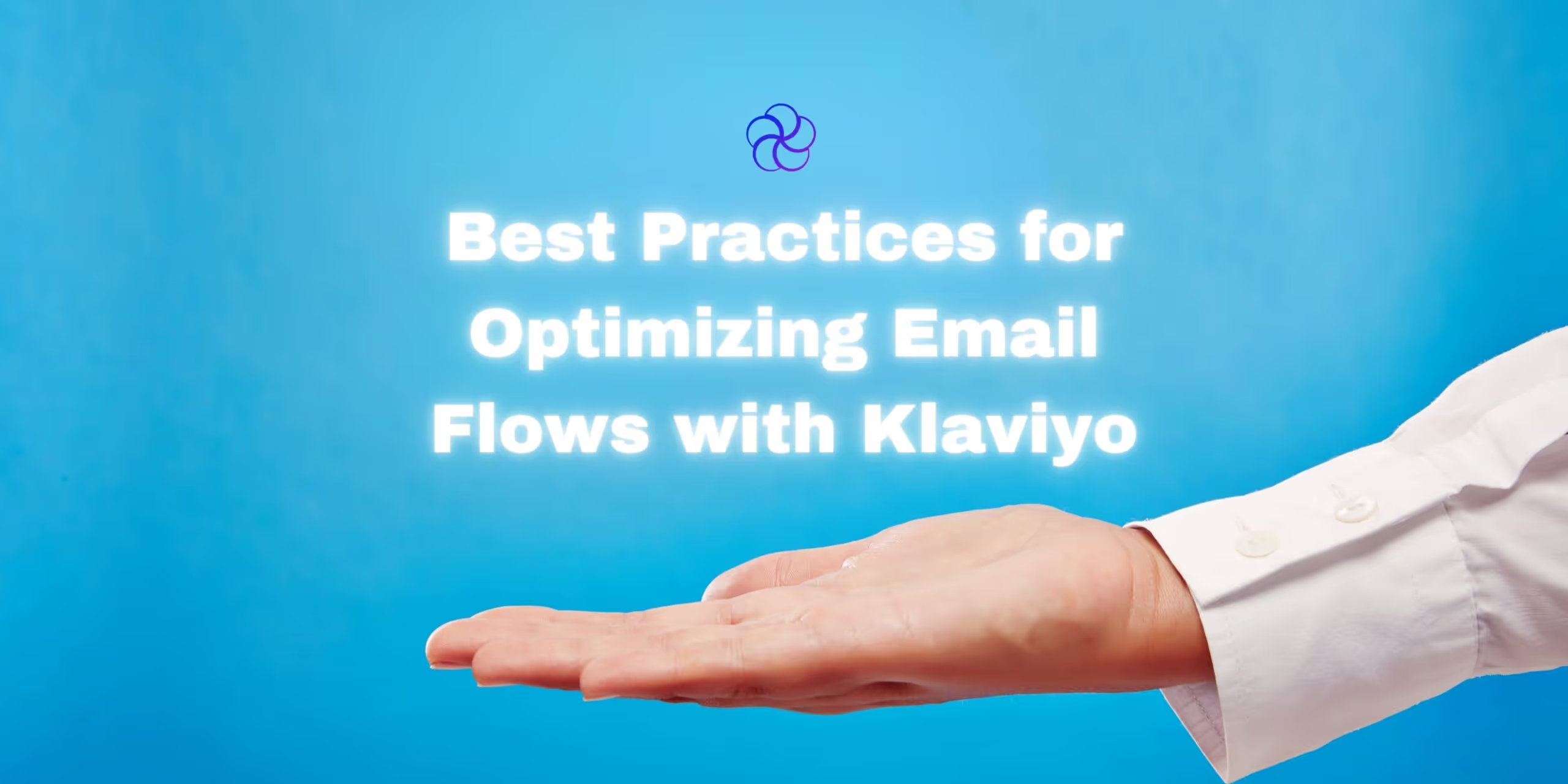Glossary
| Term | Definition |
|---|---|
| A/B Testing | Testing two versions of a campaign to see which performs better. |
| UGC (User-Generated Content) | Content created by your customers or fans that you can repurpose. |
| Swipe File | A curated folder of ideas, inspiration, or successful examples. |
| Campaign Calendar | A planned content schedule that aligns campaigns with dates and events. |
| Segmentation | Dividing your email list into groups based on behavior or attributes. |
| CTA (Call to Action) | The prompt that encourages the reader to take action (e.g., “Shop Now”). |
Introduction
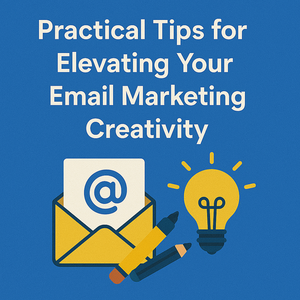
Email marketing is both art and science. The science comes from strategy, data, and testing. The art comes from intuition, creativity, and messaging that moves people.
But what if you’re stuck staring at a blank screen with no idea where to start?
This guide will give you a structured, repeatable approach to crafting standout email campaigns that not only convert but also reflect your brand’s personality. Whether you’re writing solo or managing a full CRM team, these frameworks and tips are your new best friend.
1. Start with Your Audience’s Desires (Not Your Brand’s Agenda)
The most common mistake in email marketing? Starting with what you want to say.
What converts is what the reader wants to hear. Your story about your handwoven materials might be compelling, but if your audience cares more about shipping speed or sustainability, lead with that.
Pro Tips:
- Survey your audience about their pain points.
- Use heatmaps to see what gets clicked.
- Review past campaign performance to detect what truly resonates.
Suggested Table: Customer Intent vs. Email Angle Example
2. Treat Every Campaign Like a Mini Lab Test
Data is feedback. Every email is an experiment that teaches you something—if you know how to read the signals.
Use This Framework:
- What do you want them to feel? Curious, excited, inspired?
- What action should they take? Buy, learn, refer?
- What’s in it for them? Think: value, not features.
After launch, track:
- Subject line open rates
- Click-through and bounce rates
- Heatmap insights
Suggested Visual: Email Analytics Dashboard Template
3. Build and Use a Swipe File Religiously
Creativity doesn’t start from scratch. It starts from smart curation.
Where to Find Ideas:
- Your inbox: Check what made you click.
- Sites like Really Good Emails, Milled, or Mailcharts.
- IRL inspiration: Billboards, packaging, direct mail.
Organize by:
- Layout style
- Subject line types
- Seasonal vs evergreen content
Suggested Table: Top 10 Swipe File Sources and What to Pull from Each
4. Plan Around Seasons, Culture, and Trends
Calendar campaigns work because they’re timely and relatable.
How to Build Your Campaign Calendar:
- Start with core dates: Black Friday, Valentine’s Day, etc.
- Layer in brand-specific moments: anniversaries, product launches.
- Add quirky dates: National Dog Day, World Emoji Day, etc.
Examples:
- A pet brand runs a “Paws Up Sale” on National Puppy Day.
- A coffee brand launches “International Coffee Day” bundles.
Suggested Visual: 12-Month Campaign Calendar Template
5. Create an Idea Bank for Random Sparks
Your brain doesn’t work on a schedule. Creativity strikes randomly.
Tools to Capture Ideas:
- Notion or Trello board
- Apple Notes synced across devices
- Voice memos on the go
What to Save:
- Subject line ideas
- Offer hooks
- CTA copy
- Visual layout sketches
Pro Tip: Review your idea bank weekly to keep it alive.
6. Use Social Proof (UGC + Reviews) as Creative Gold
Let your customers do the talking.
Sources:
- Product reviews
- Instagram mentions or tags
- Unboxing videos or customer selfies
How to Use:
- Turn review quotes into subject lines
- Create “real stories” campaign series
- Use UGC in place of stock imagery
Suggested Table: Review Type vs. Email Use Case (e.g., Testimonial in Header vs. CTA Reinforcement)
7. Let AI Speed You Up—But Don’t Let It Replace You
AI is your assistant, not your author.
Prompts to Use:
- “Write a playful subject line for a skincare brand.”
- “Give me 5 angles for a flash sale on outerwear.”
- “Write a CTA that avoids ‘Shop Now’ and sounds human.”
Combine With:
- Your swipe file
- Customer data (what gets clicked, saved, shared)
Pro Tip: Always run AI content through your tone/brand filter.
8. Repurpose Like a Pro
Don’t reinvent. Reinvent with intent.
Ideas:
- Turn a product launch email into a 3-part series: Hype > Reveal > Social Proof
- Split a testimonial-heavy email into a weekly “Fan Friday” series
- Convert blog posts into email mini-guides
Suggested Visual: Flowchart of How to Repurpose One Campaign into Five
9. Build Creative Systems, Not One-Offs
The best creative teams work from templates. You can too.
Your Toolkit:
- Weekly brainstorm sessions
- Monthly creative themes
- Email campaign brief templates
- Swipe file & idea bank rituals
Result:
You’re never starting from zero again.
Final Thoughts
Email marketing creativity is not a gift—it’s a muscle. The more systems you build, the more freedom you have to play.
When you use data to guide ideas, inspiration to inform structure, and audience needs to shape everything—you move from writing emails to creating experiences.
Let your campaigns speak for your brand. Make them impossible to ignore.
And if the creative load ever feels too heavy? That’s what Blossom Ecom is here for.
Frequently Asked Questions (FAQs)
1. What is the best way to start an email campaign?
Begin by identifying your audience’s needs, choosing a timely hook, and deciding the single most important action you want the reader to take.
2. How can I make my emails more creative?
Use swipe files, experiment with storytelling, leverage user-generated content, and draw inspiration from unexpected places (e.g., pop culture or holidays).
3. Should I use AI to write my email campaigns?
AI can help brainstorm and speed up drafts, but always add a human touch that reflects your brand voice and audience.
4. How do I know what type of content my audience wants?
Test different content types and measure what performs best. Pay attention to opens, clicks, and conversion paths.
5. What tools help organize creative email ideas?
Use Notion, Trello, Airtable, or even Google Sheets to manage swipe files, calendar dates, and campaign concepts.
6. How do I avoid running out of ideas?
Keep an active swipe file, jot down ideas when inspiration strikes, review high-performing campaigns, and collaborate with other creatives.
Need help implementing this?
Let us take the hassle of managing your email marketing channel off your hands. Book a strategy call with our team today and see how we can scale your revenue, customer retention, and lifetime value with tailored strategies. Click here to get started.
Curious about how your Klaviyo is performing?
We’ll audit your account for free. Discover hidden opportunities to boost your revenue, and find out what you’re doing right and what could be done better. Click here to claim your free Klaviyo audit.
Want to see how we’ve helped brands just like yours scale?
Check out our case studies and see the impact for yourself. Click here to explore.

Read Our Other Blogs

Personalizing Push Notifications for Better Retention Outcomes


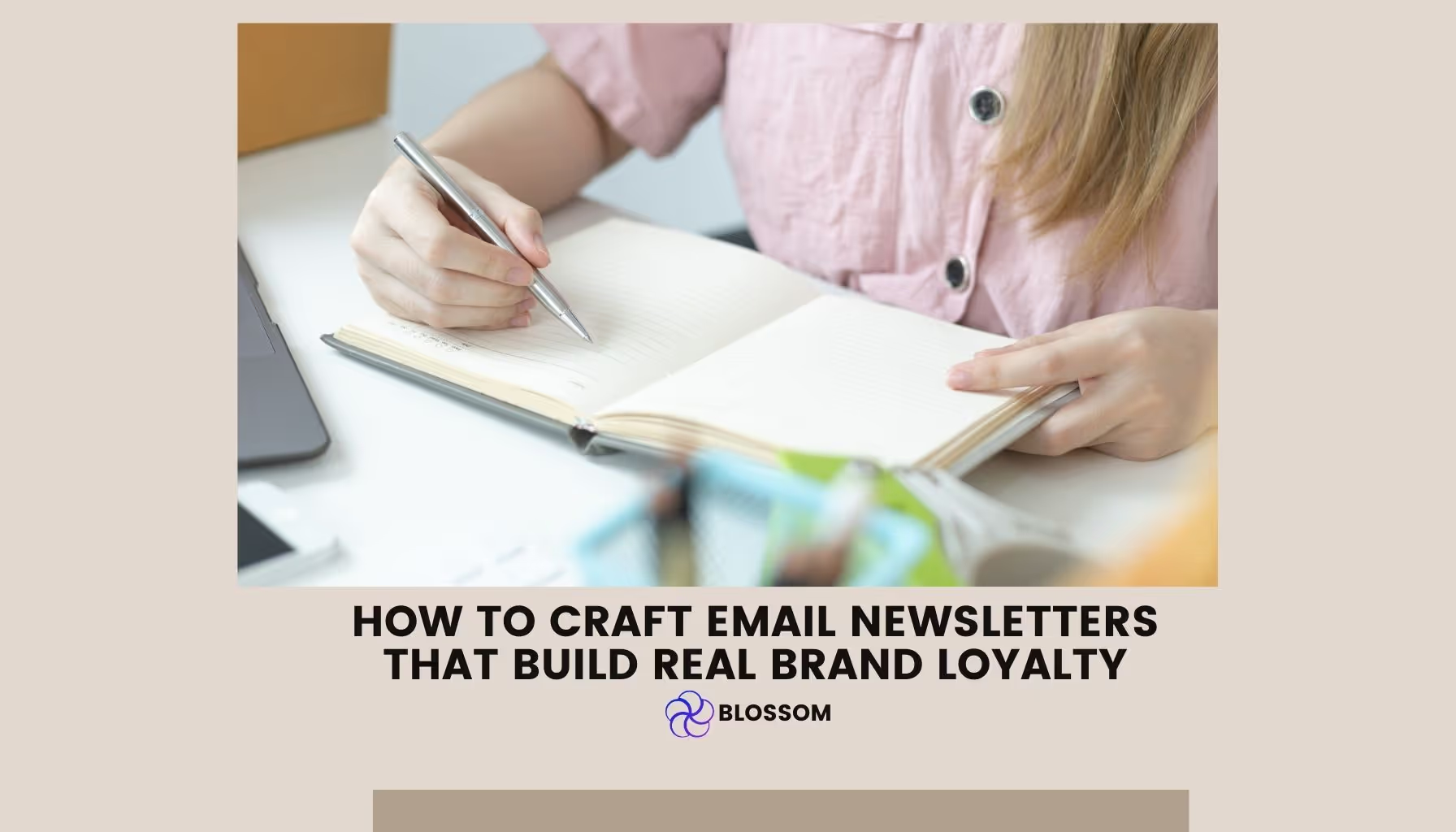
How to Craft Email Newsletters That Build Real Brand Loyalty


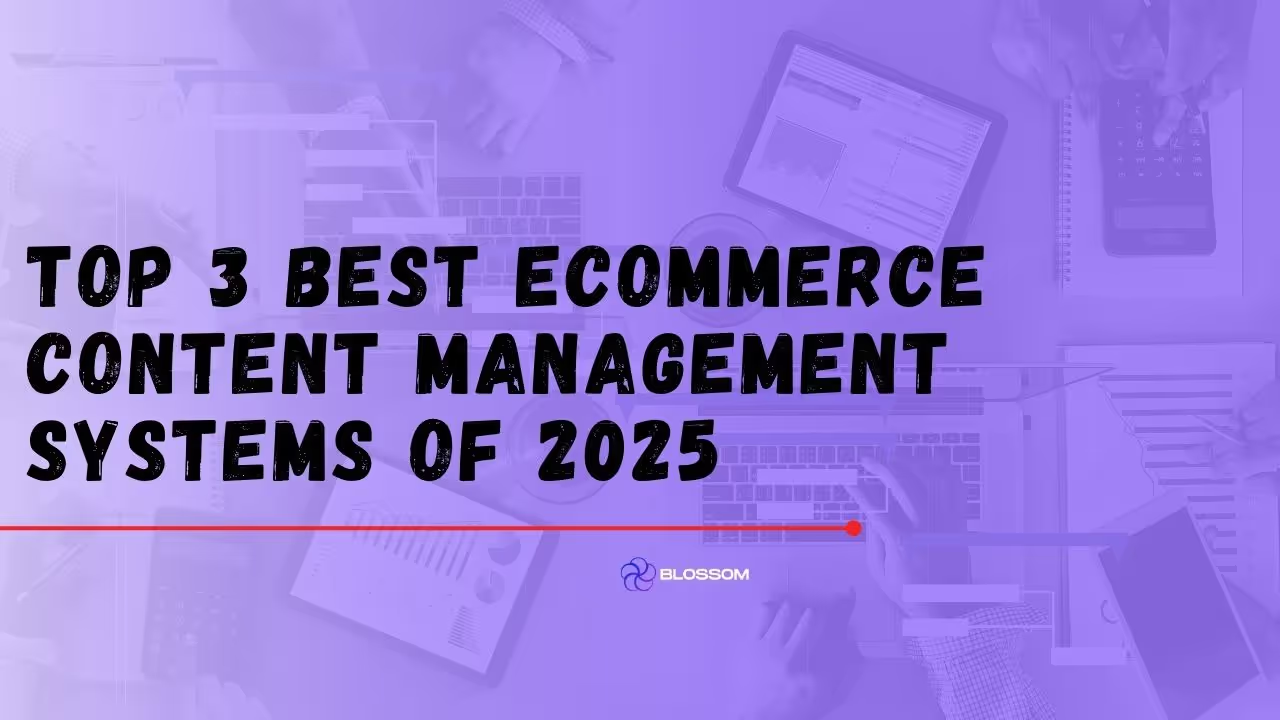
Top 3 Best eCommerce Content Management Systems of 2025




Not Sure Where to Start?
Let's find the biggest retention opportunities in your business. Get a free Klaviyo audit or retention consultation.




